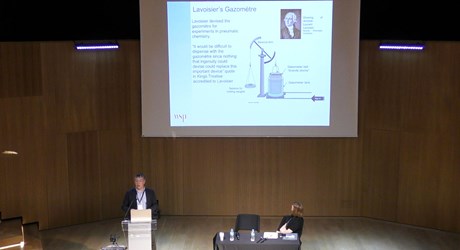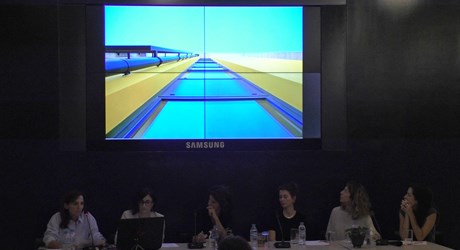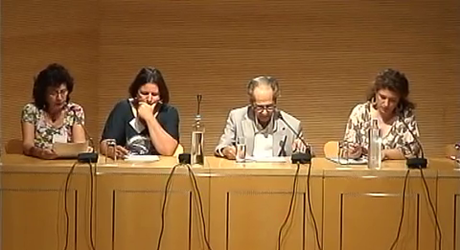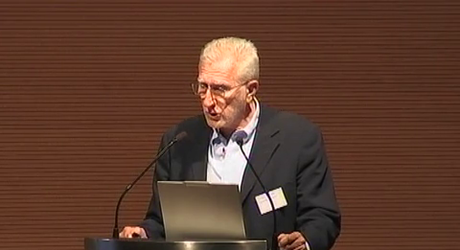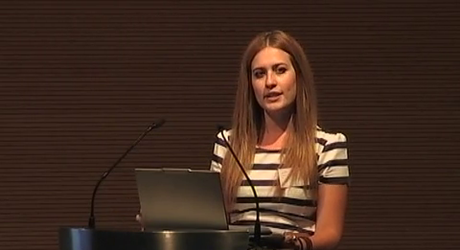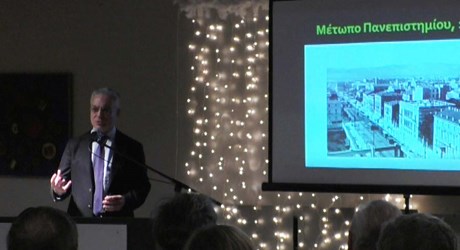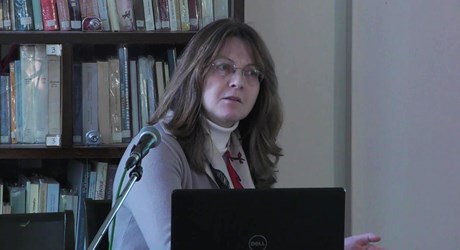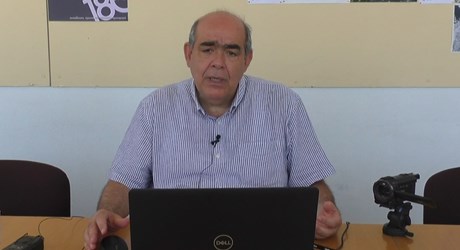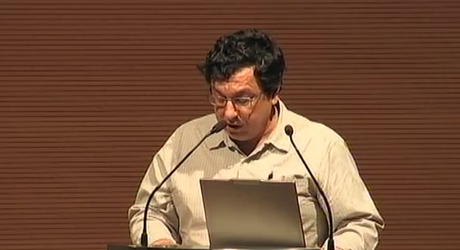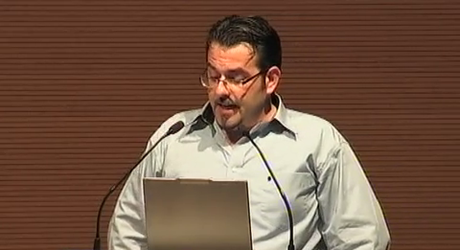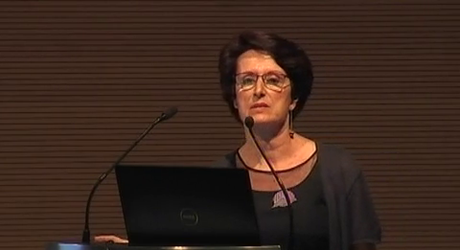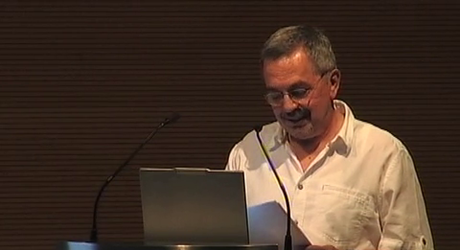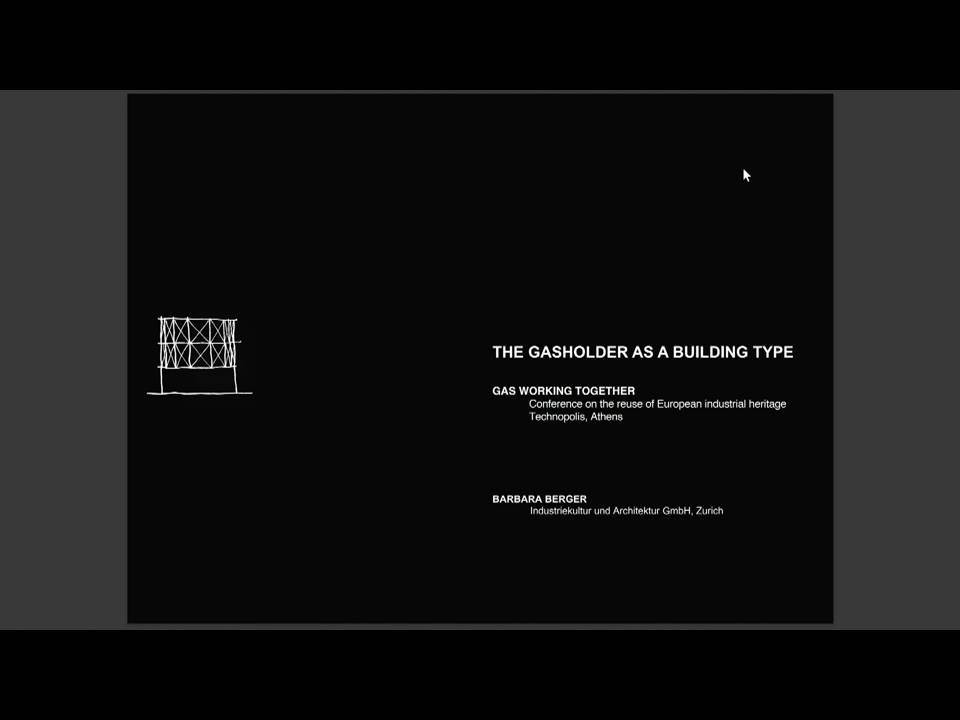
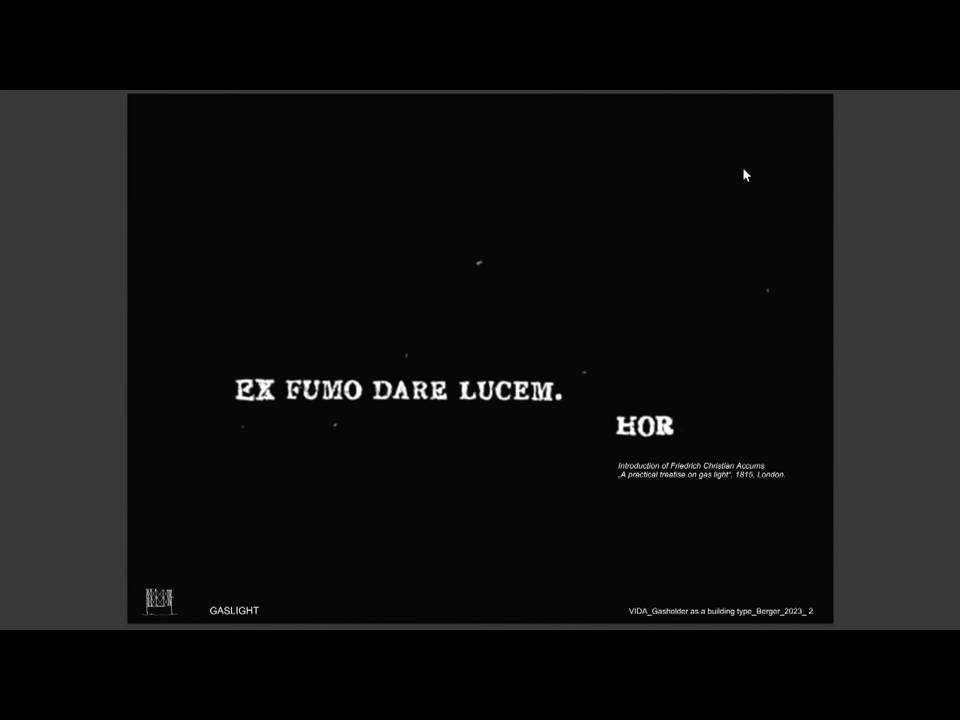
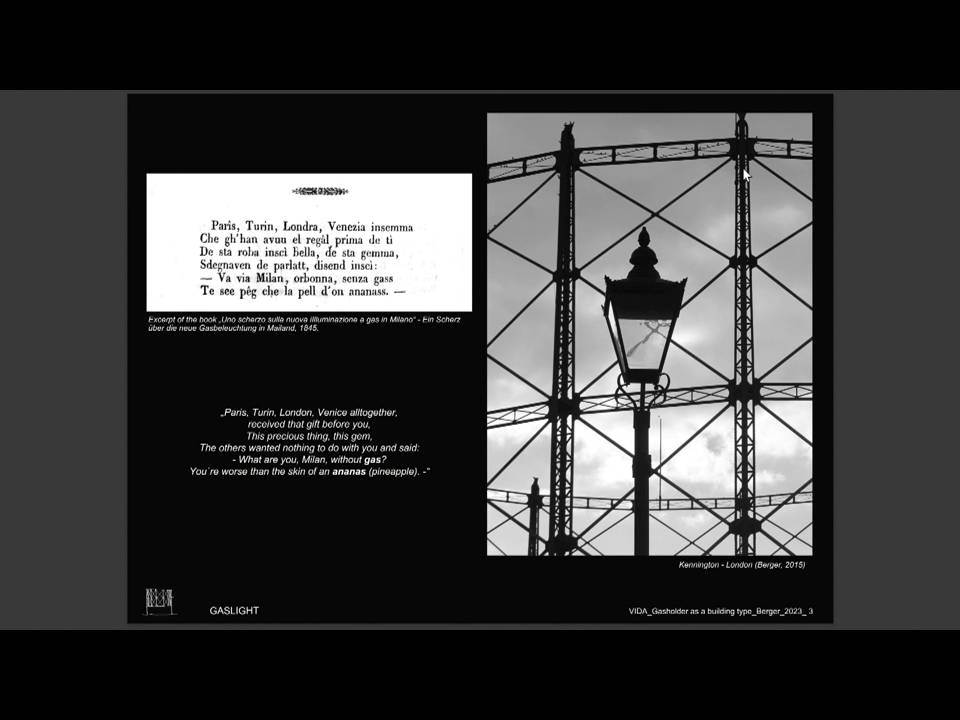
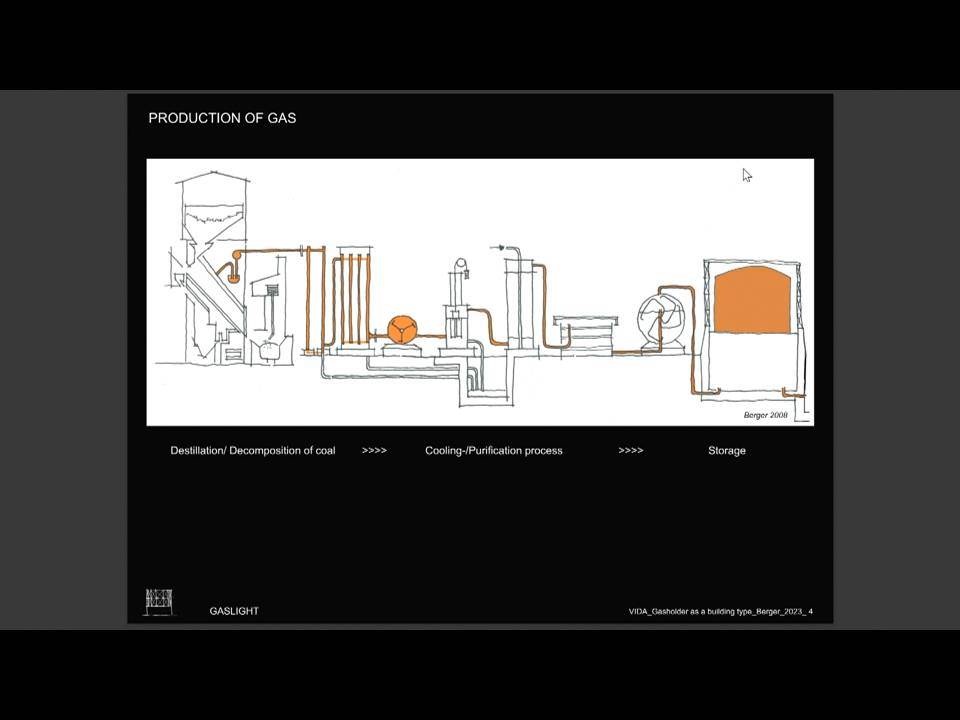
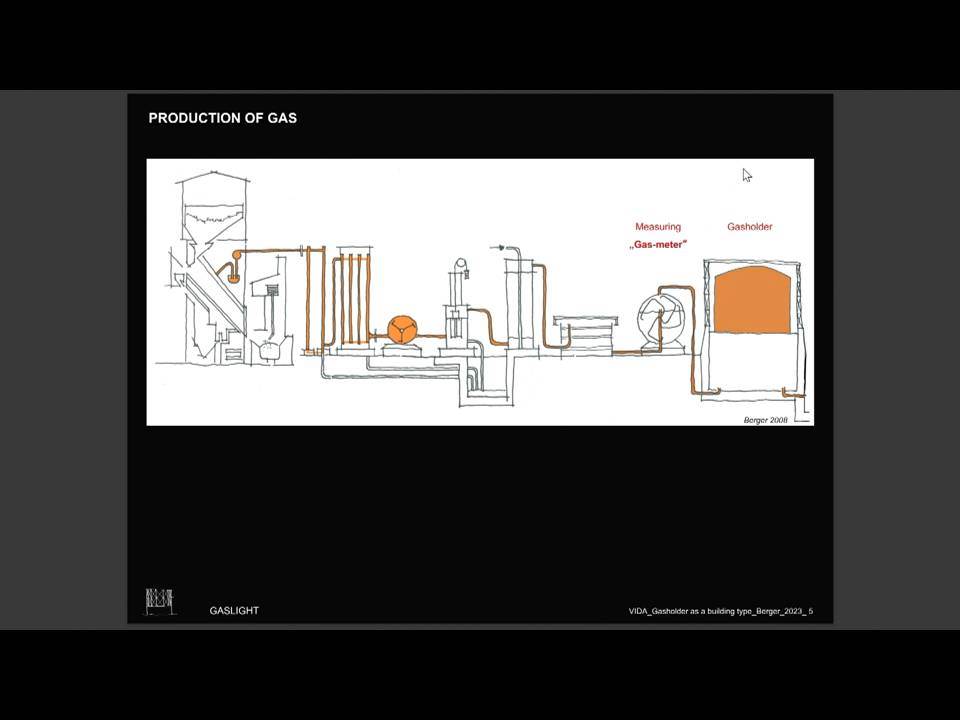
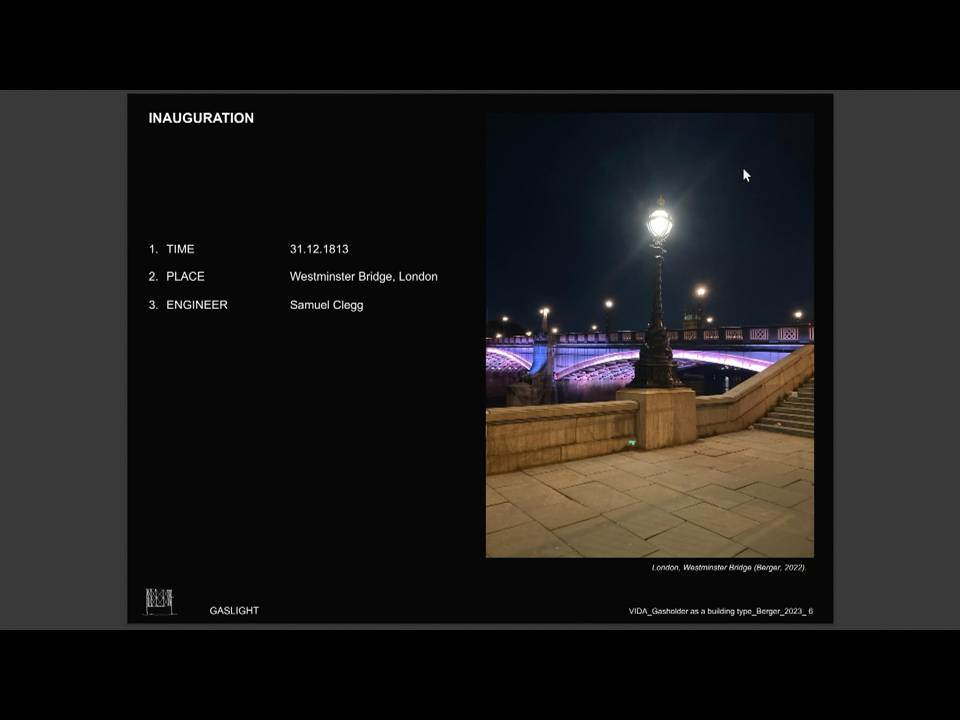
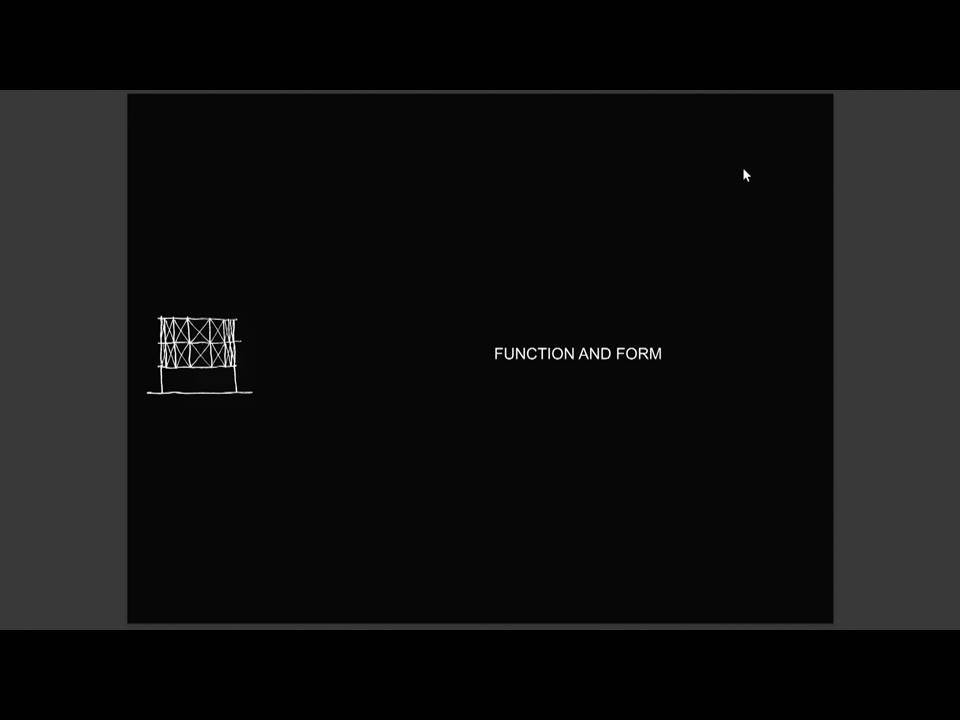
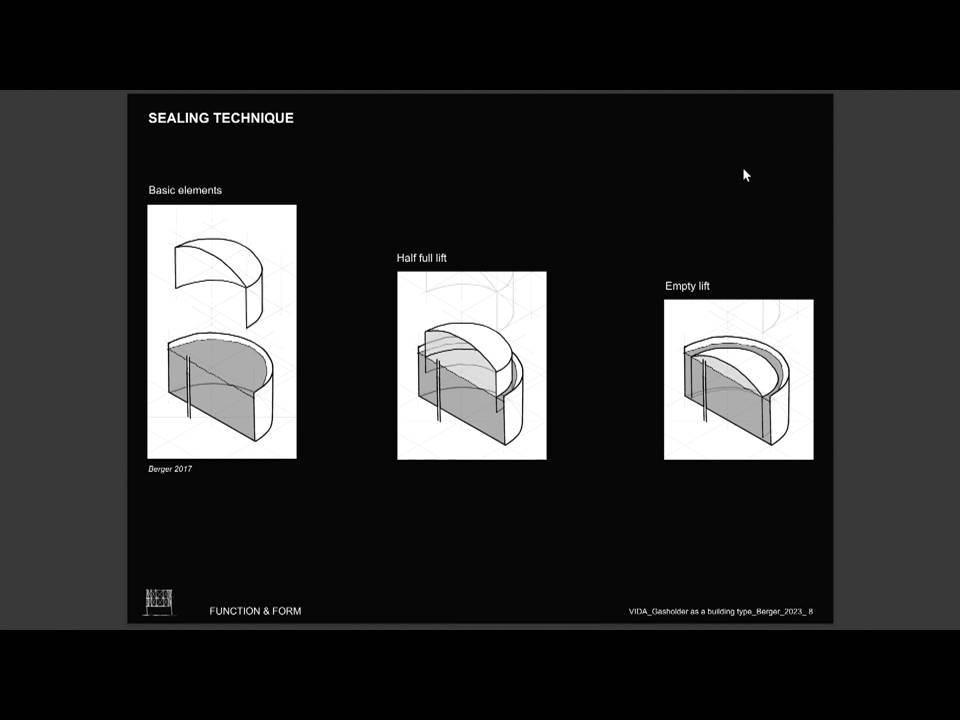
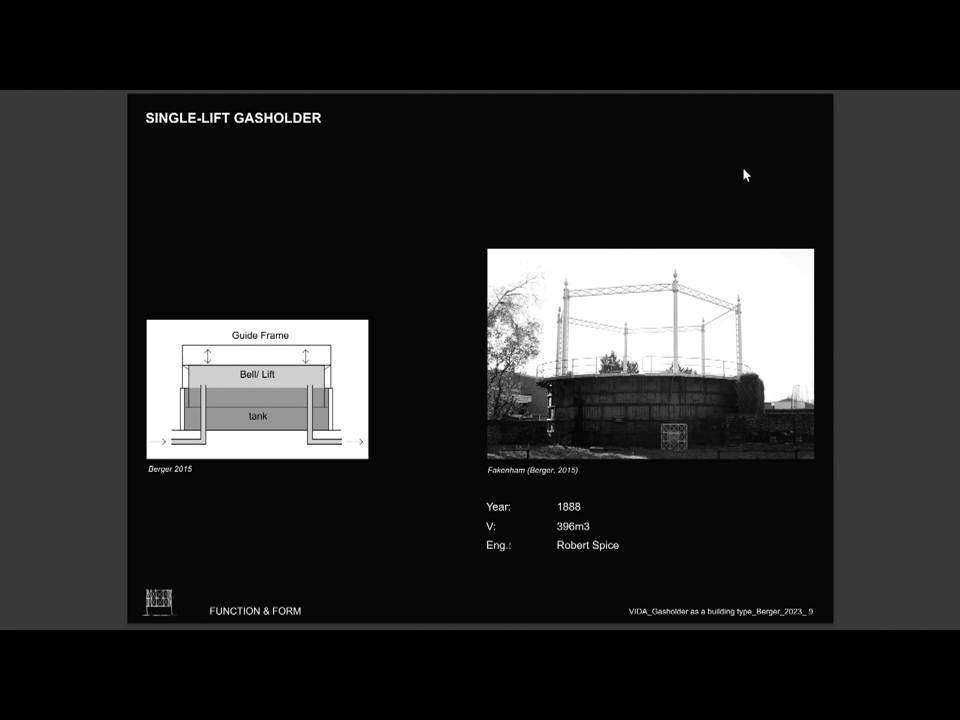
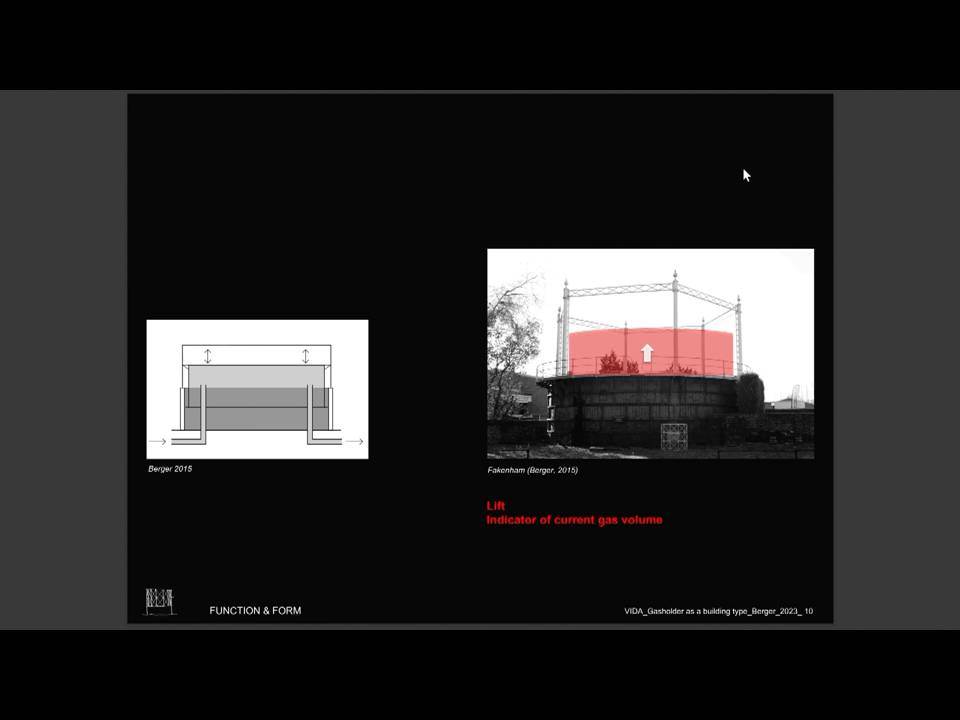
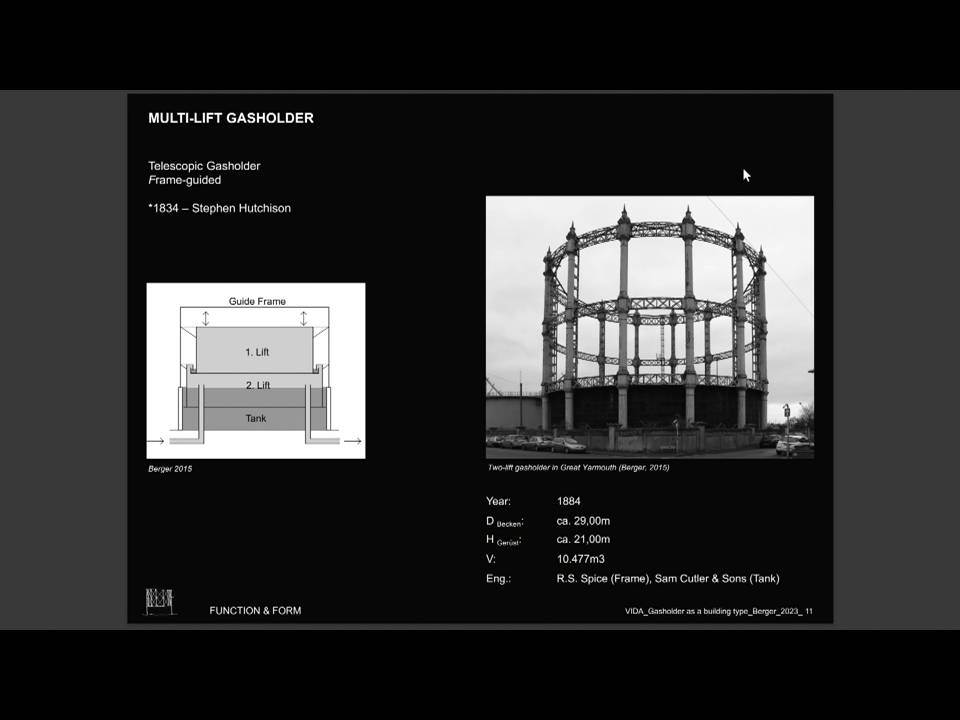
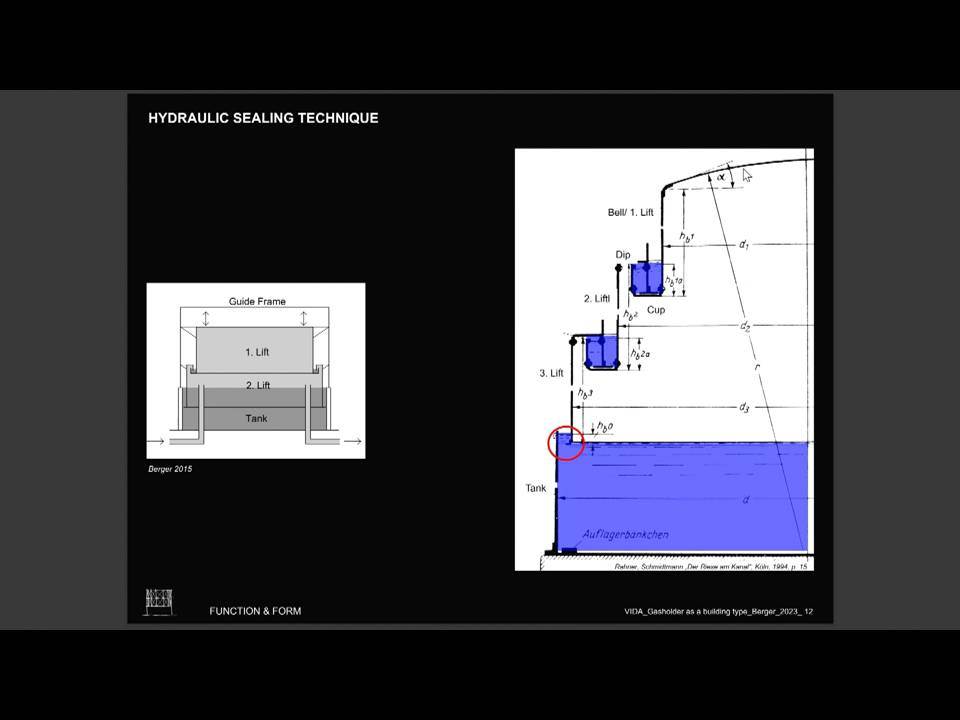
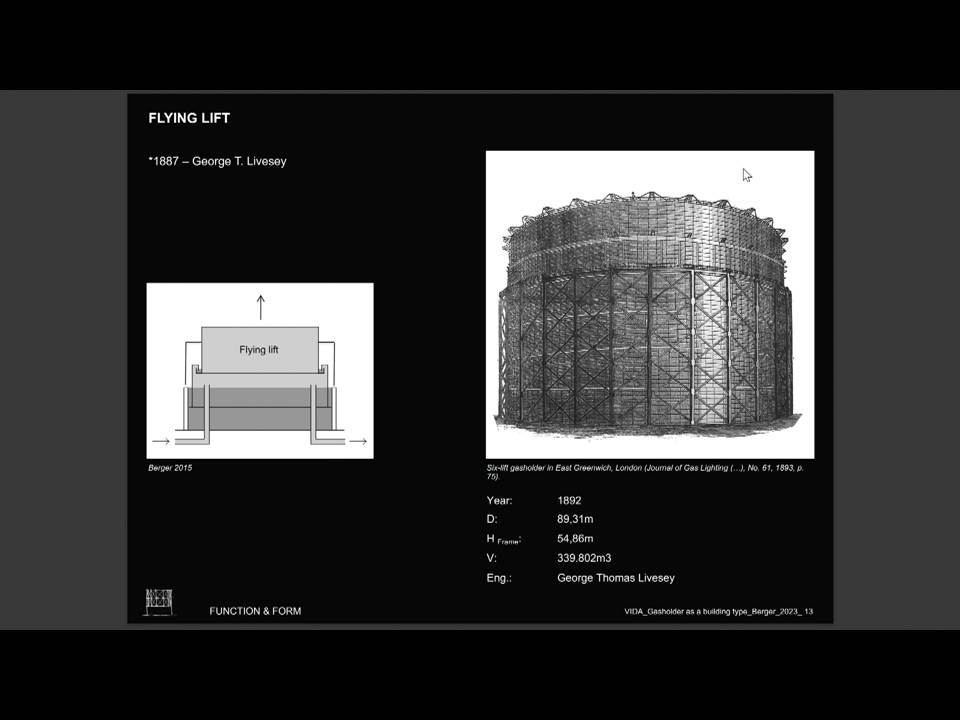
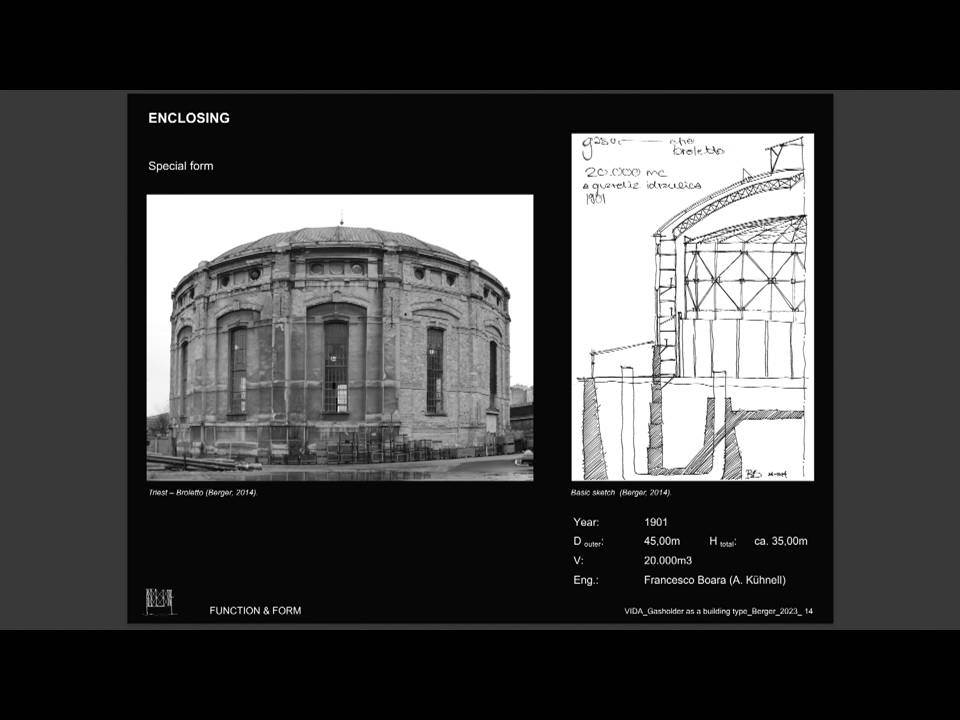
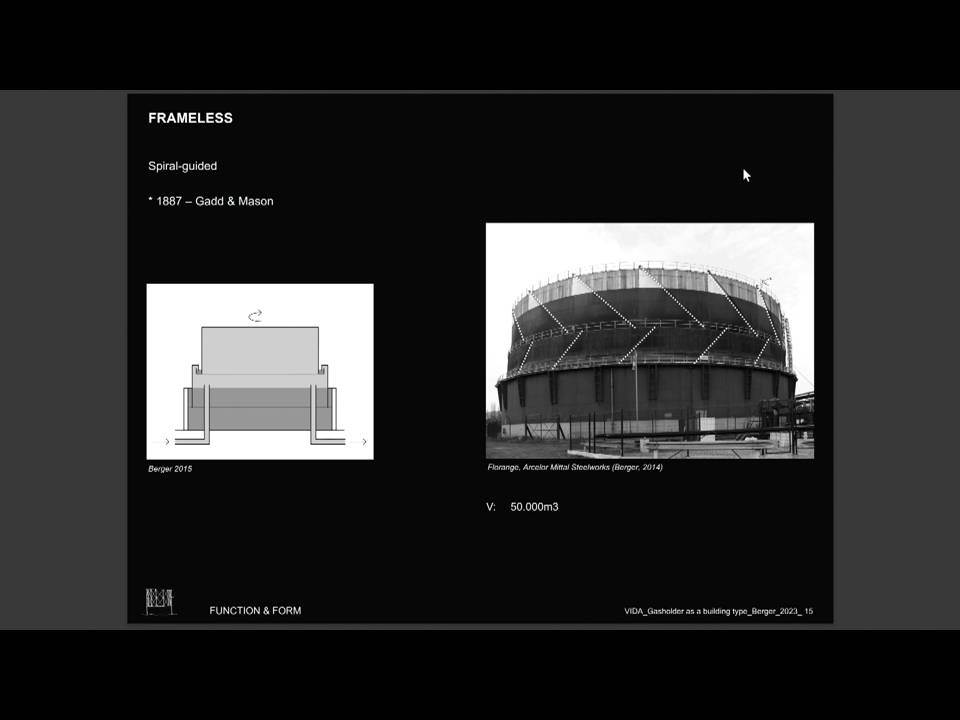
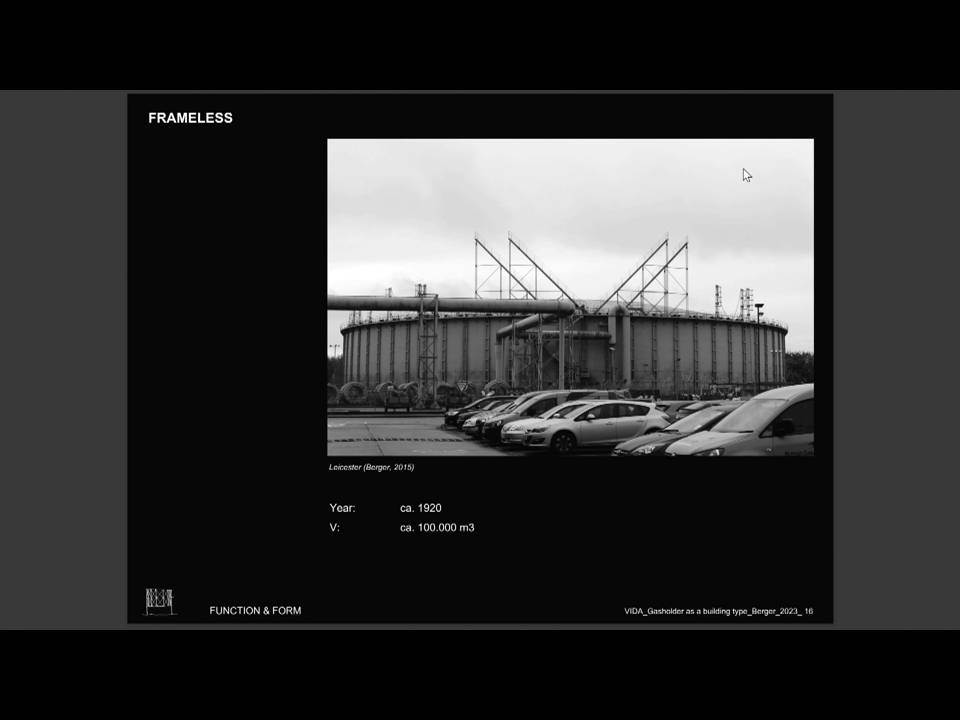
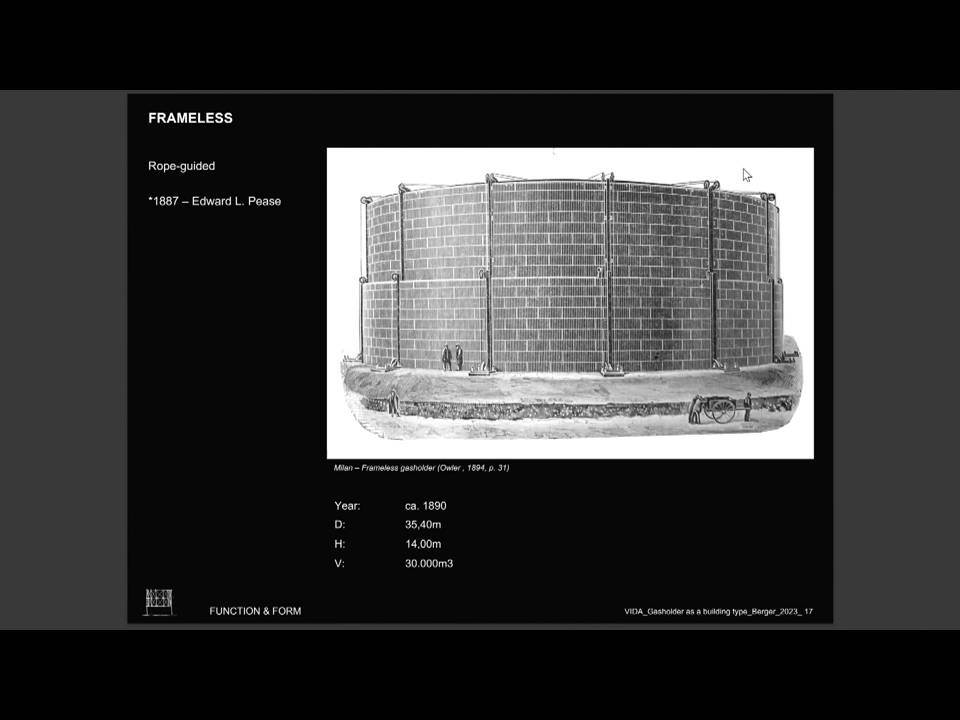
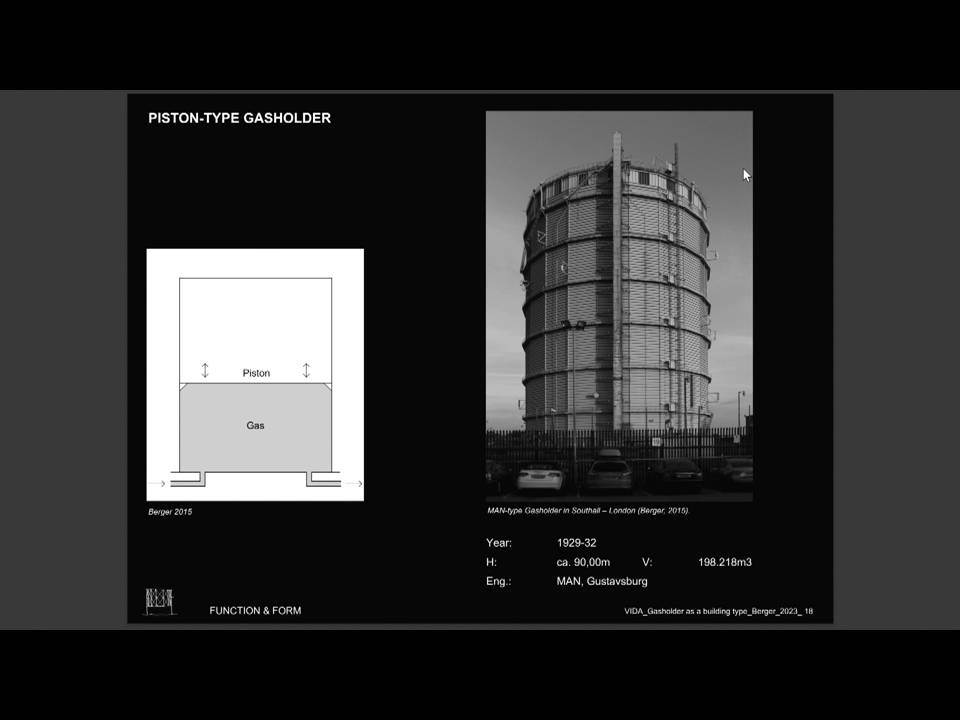
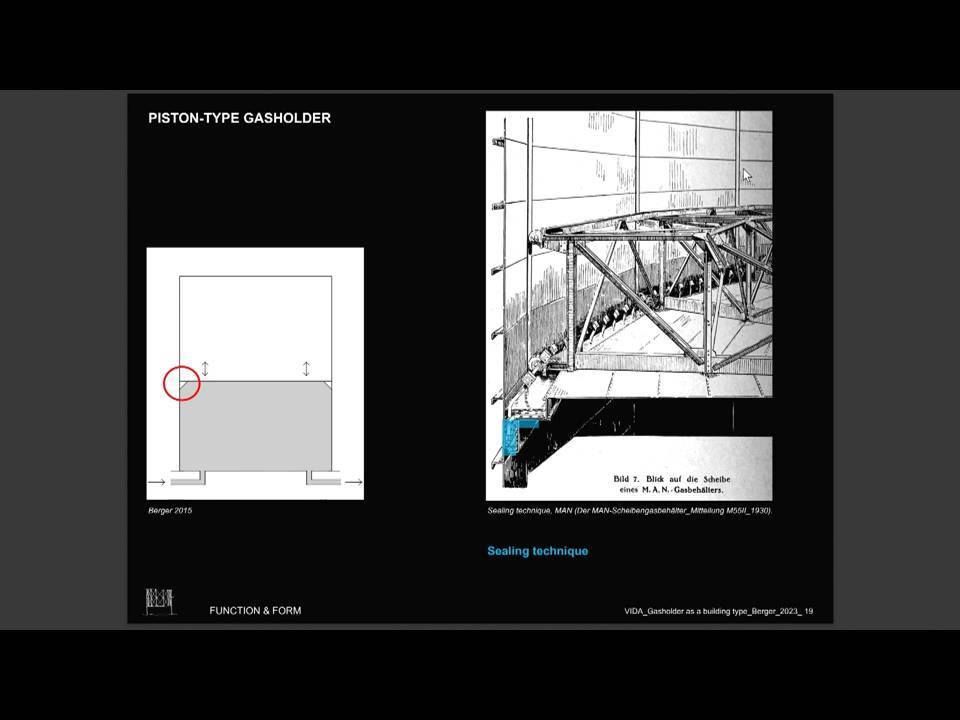
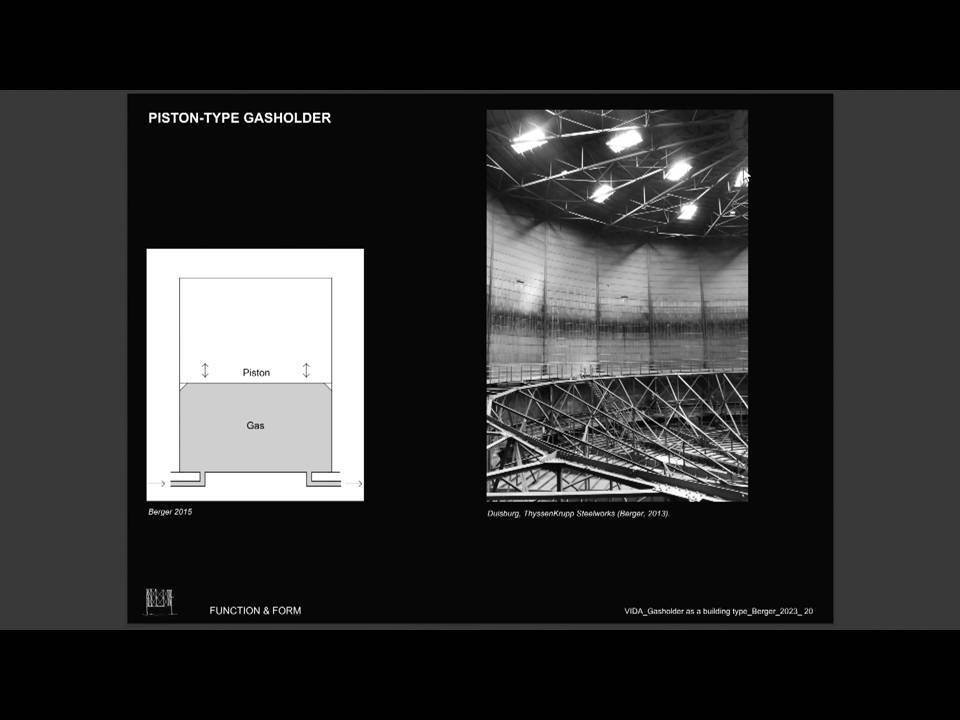
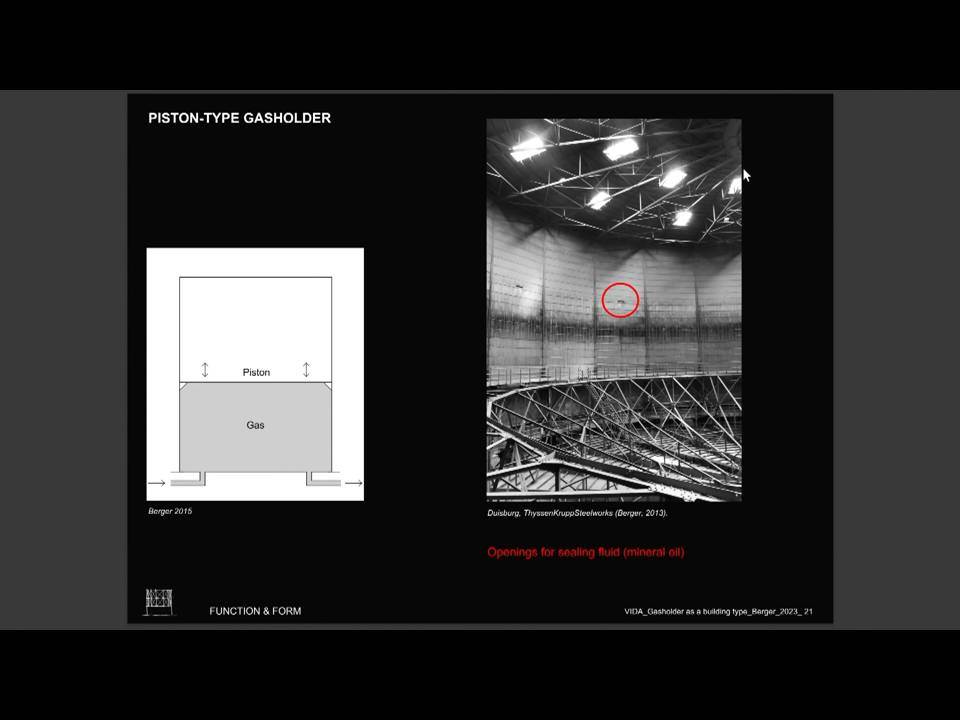
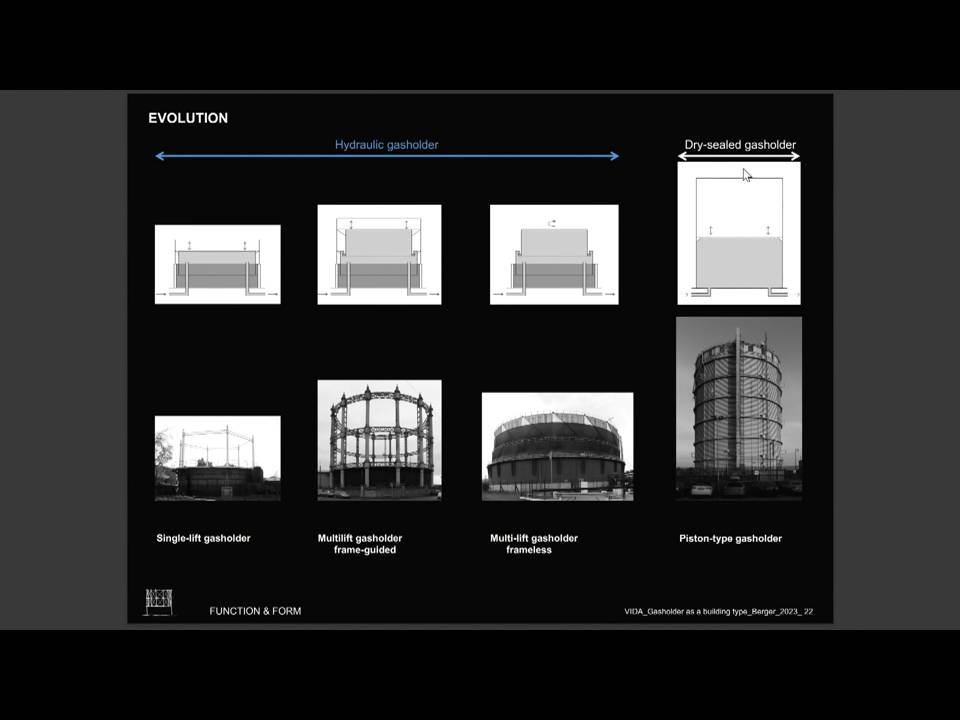
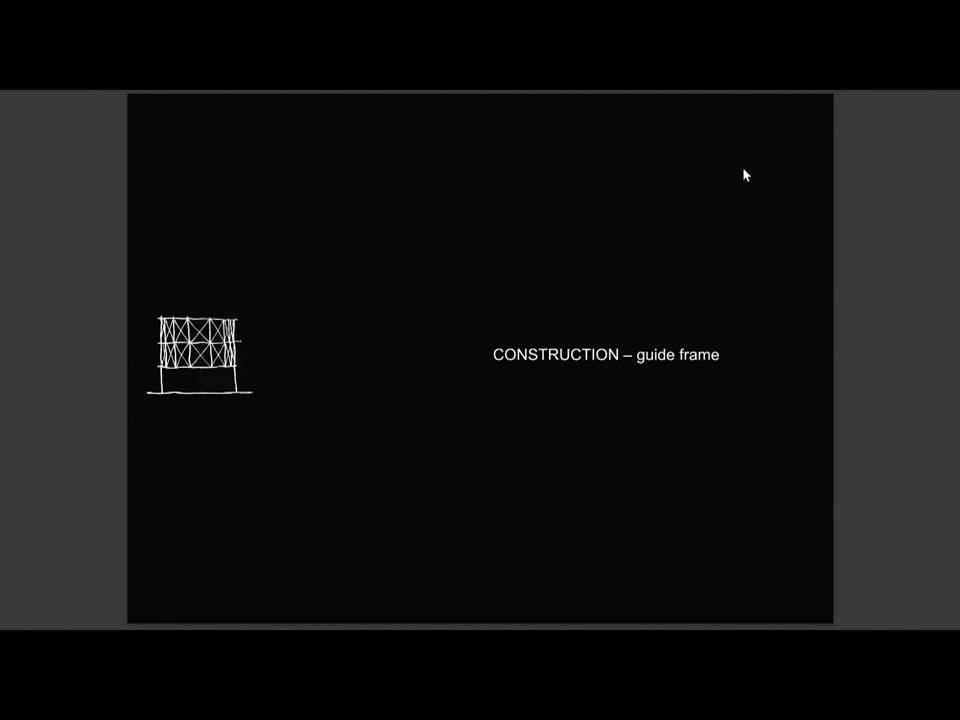
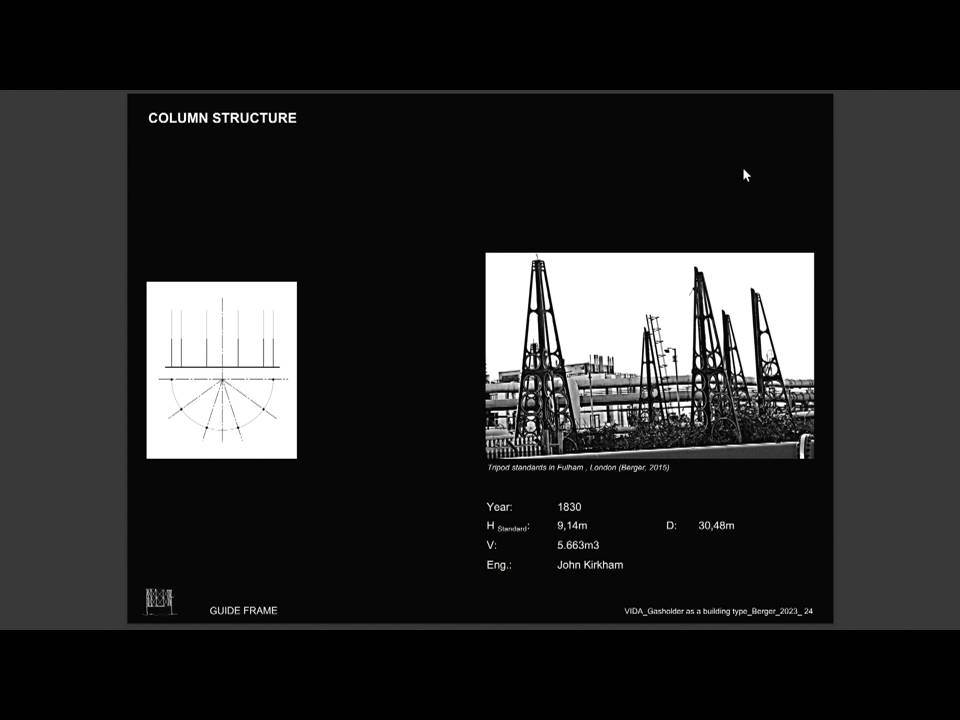
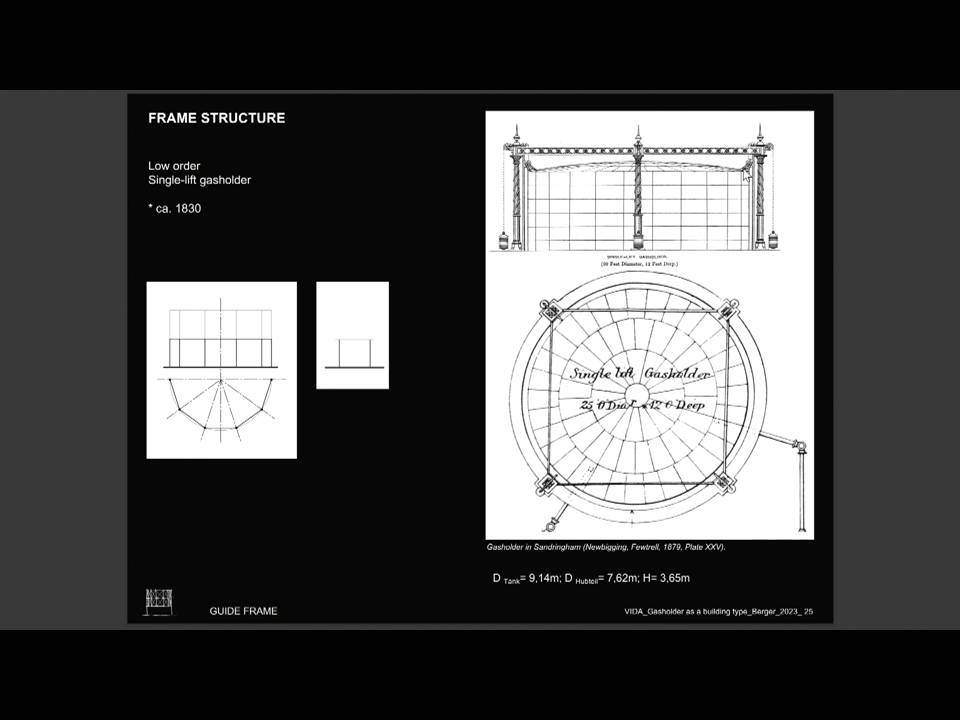
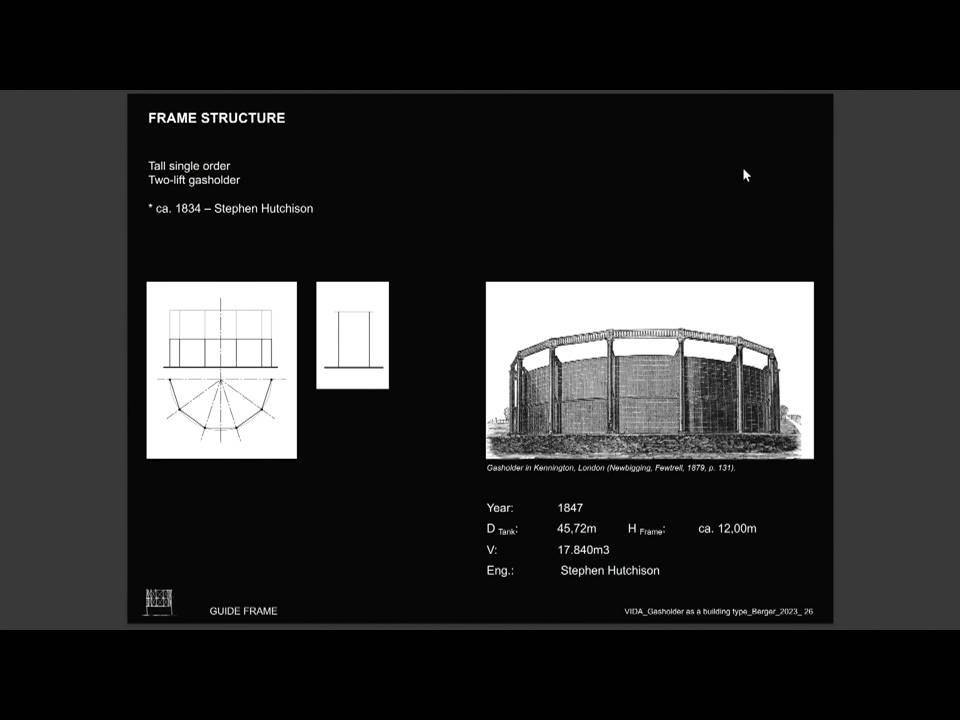
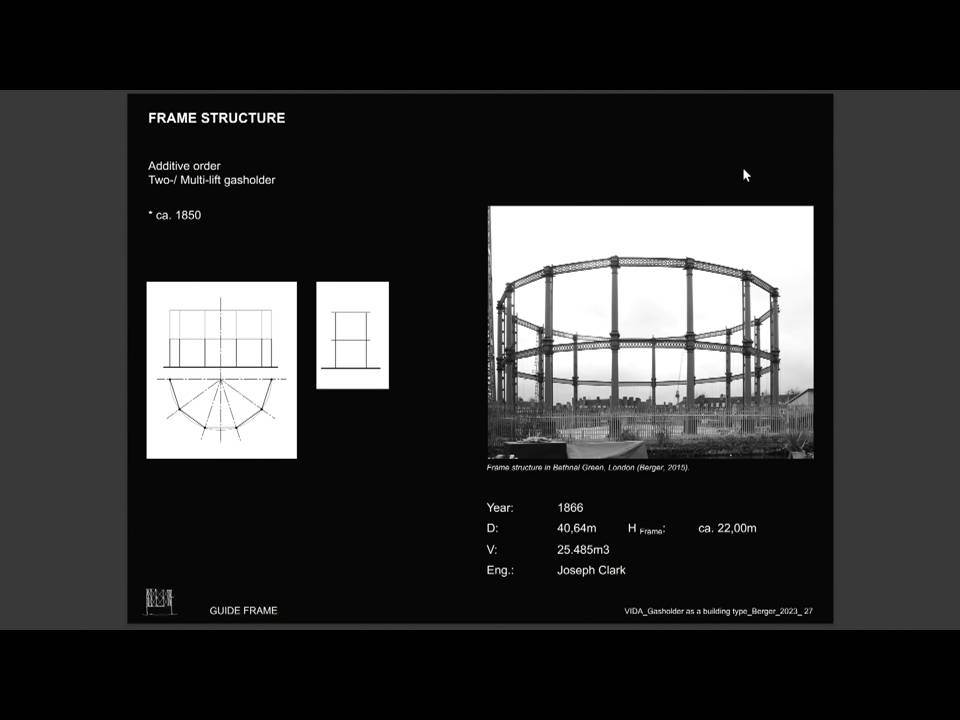
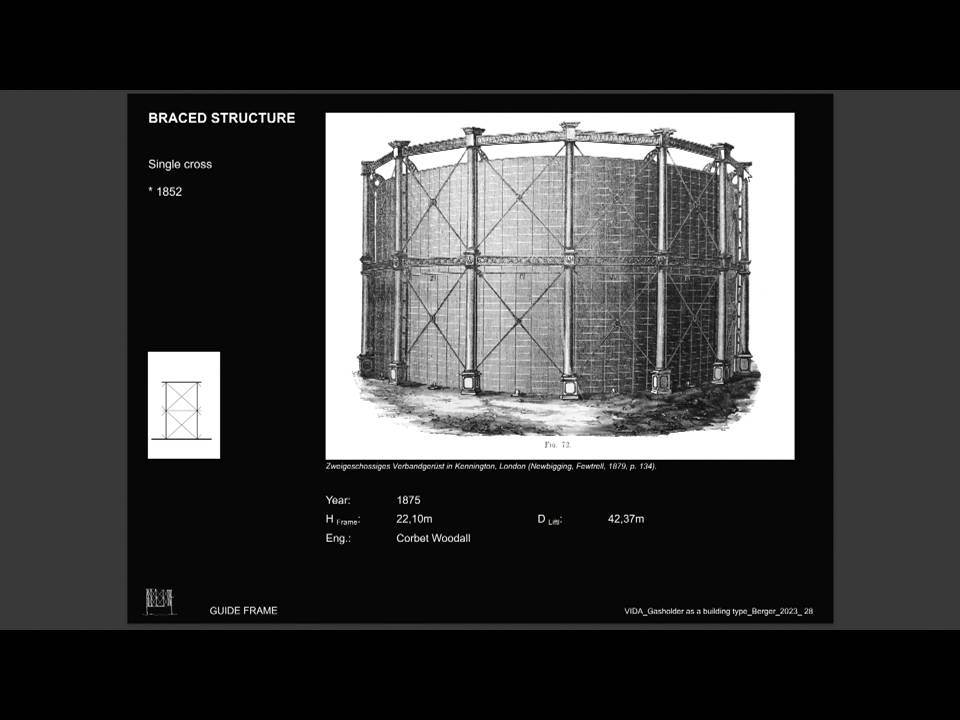
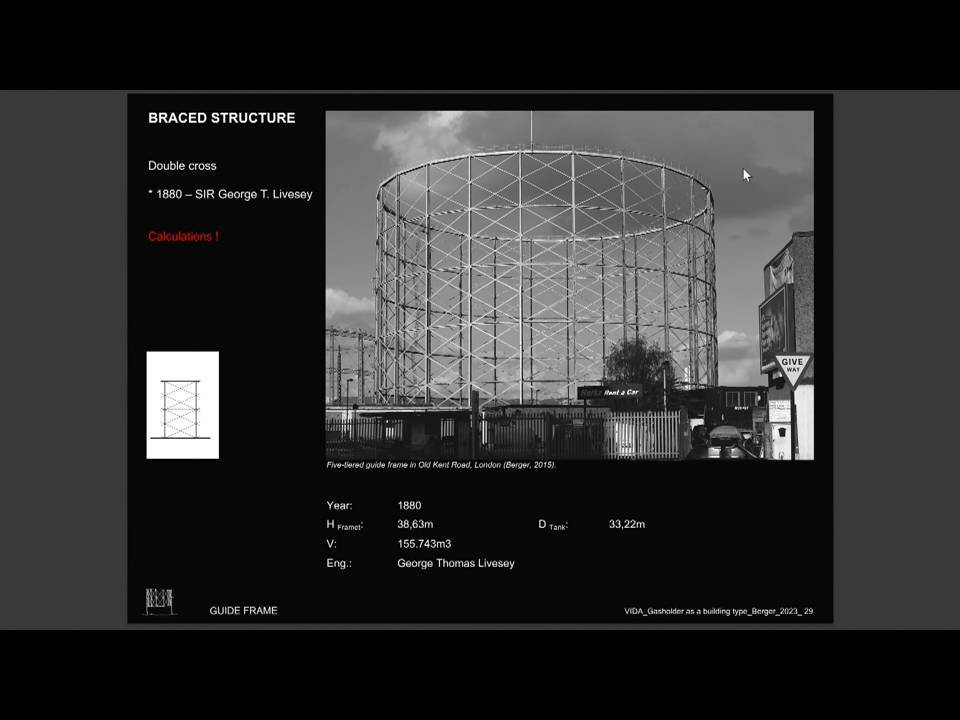
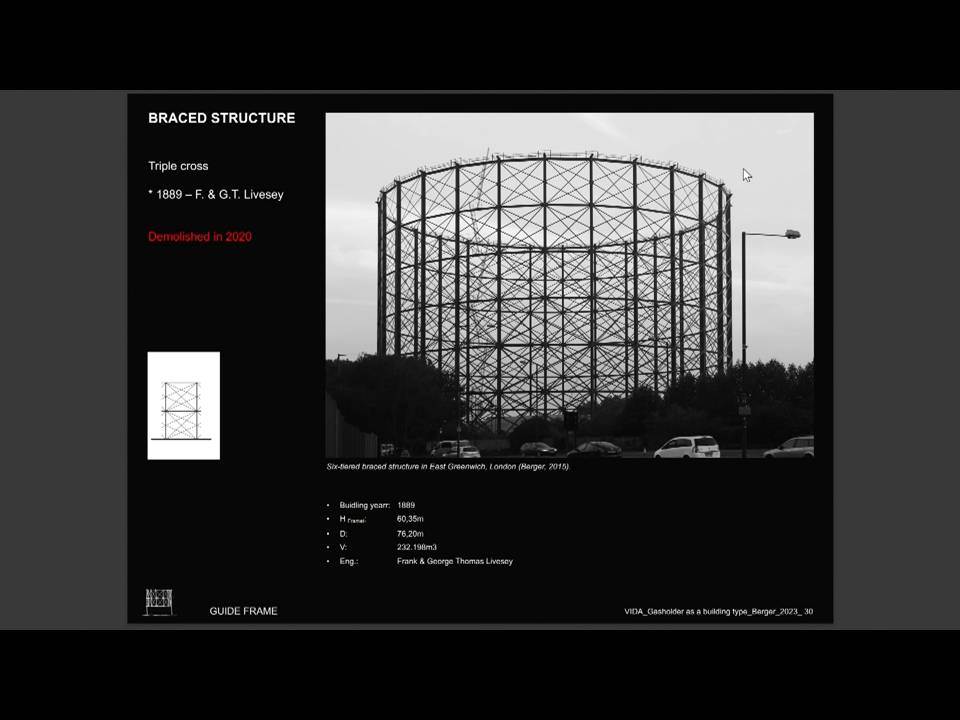
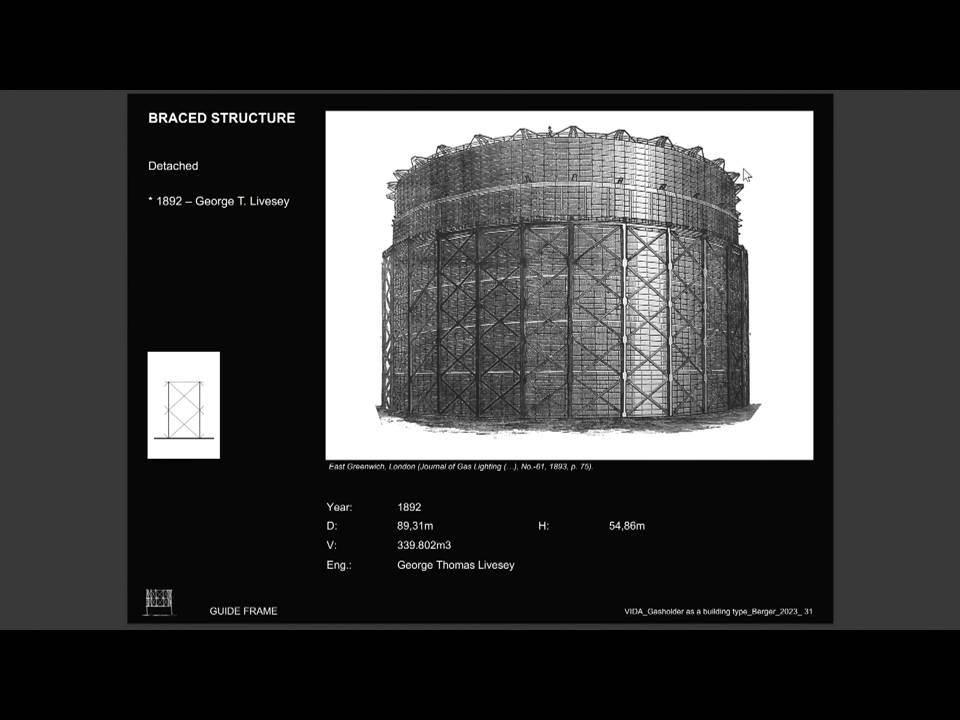
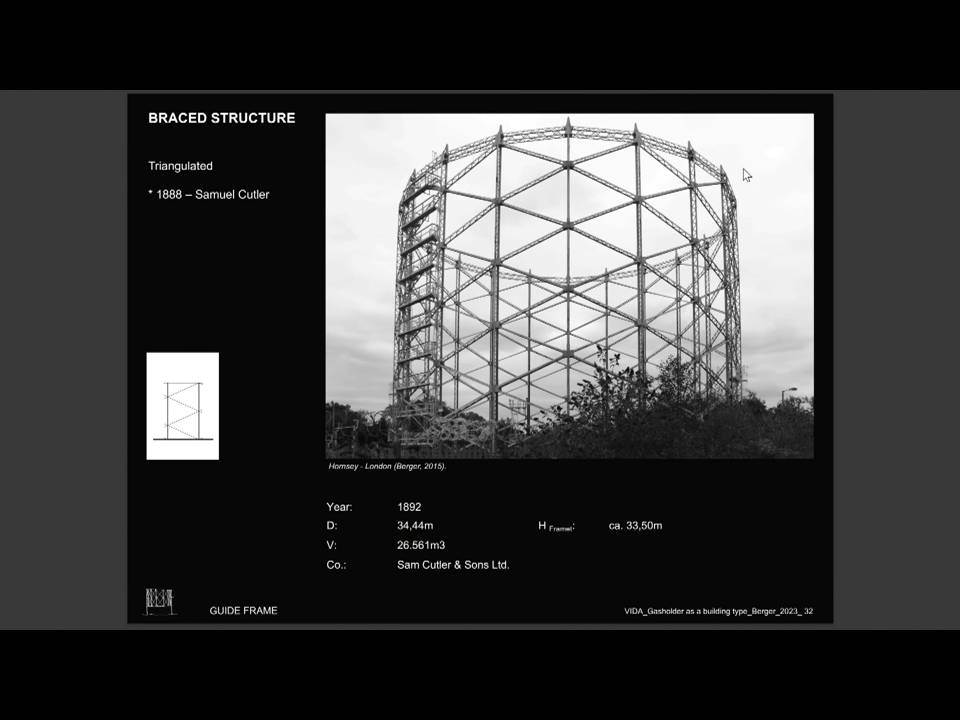
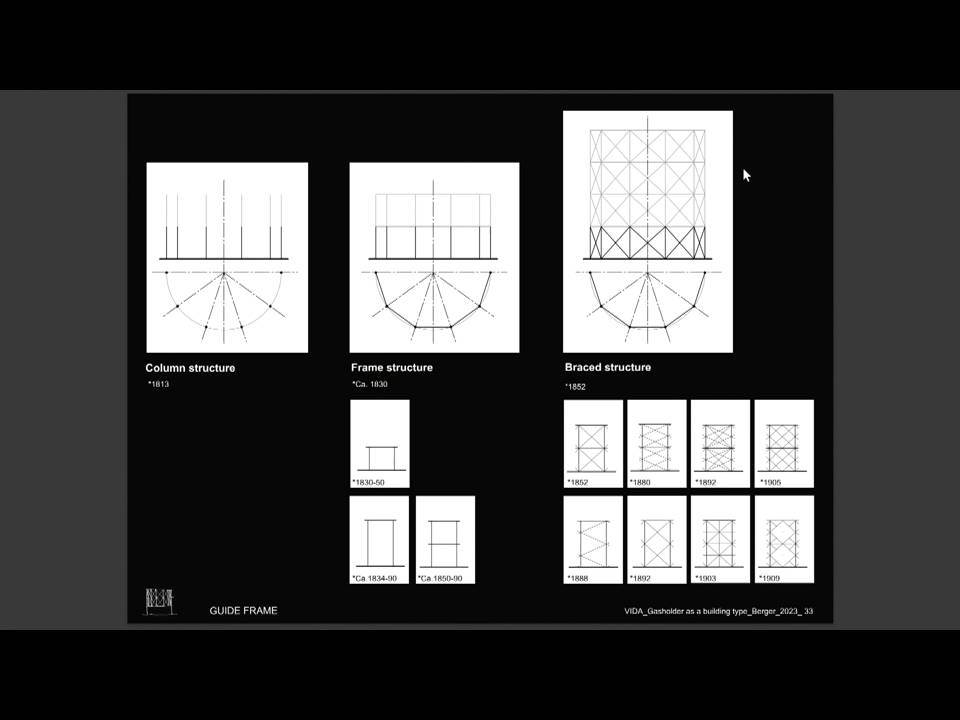
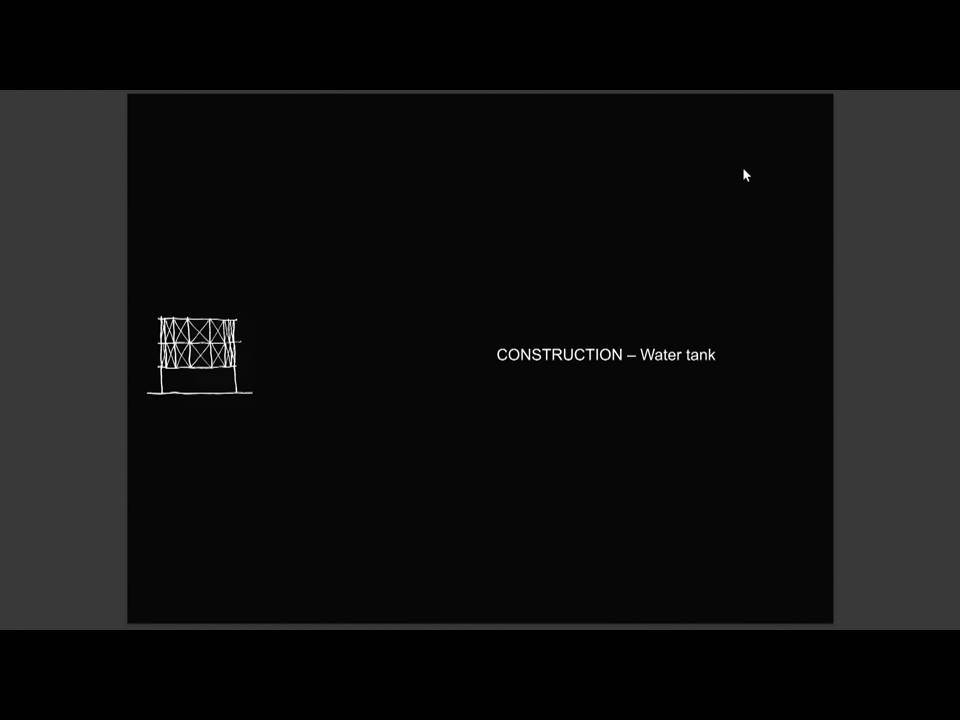
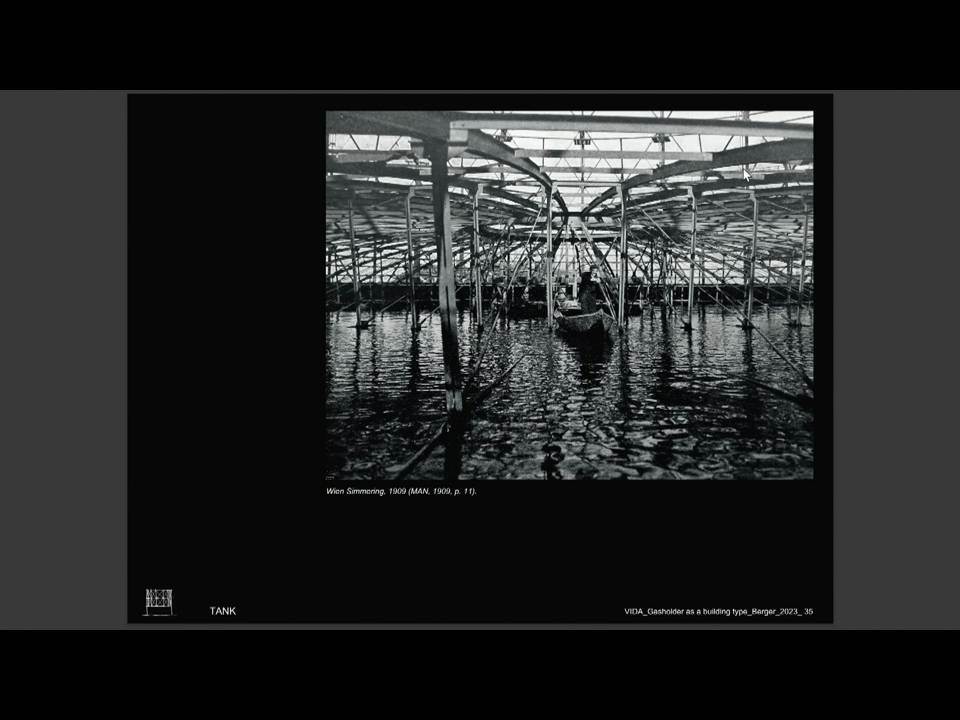
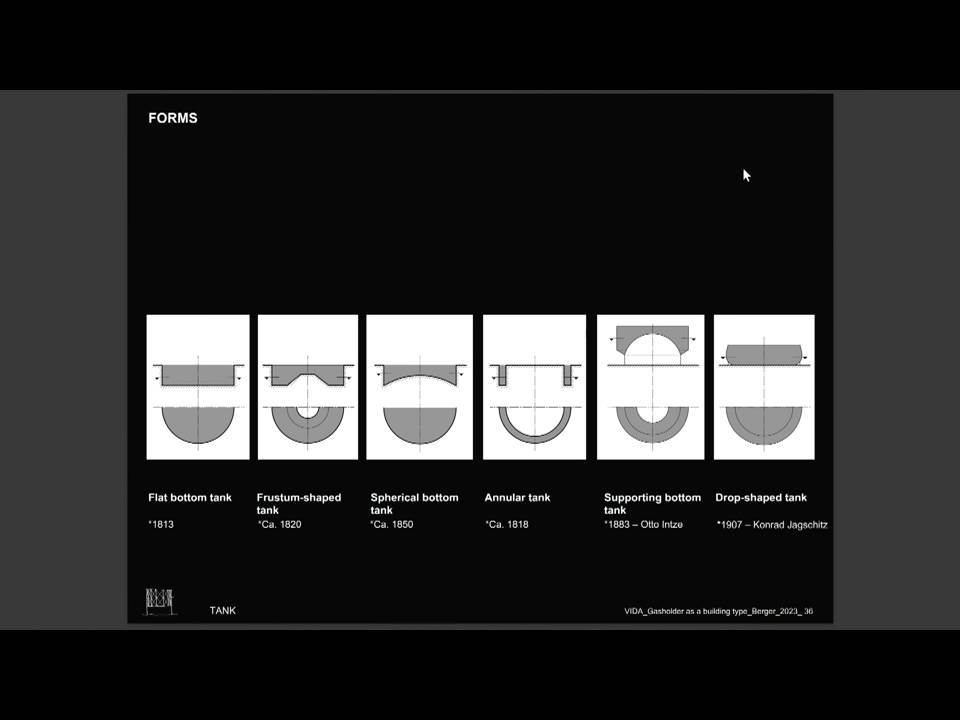
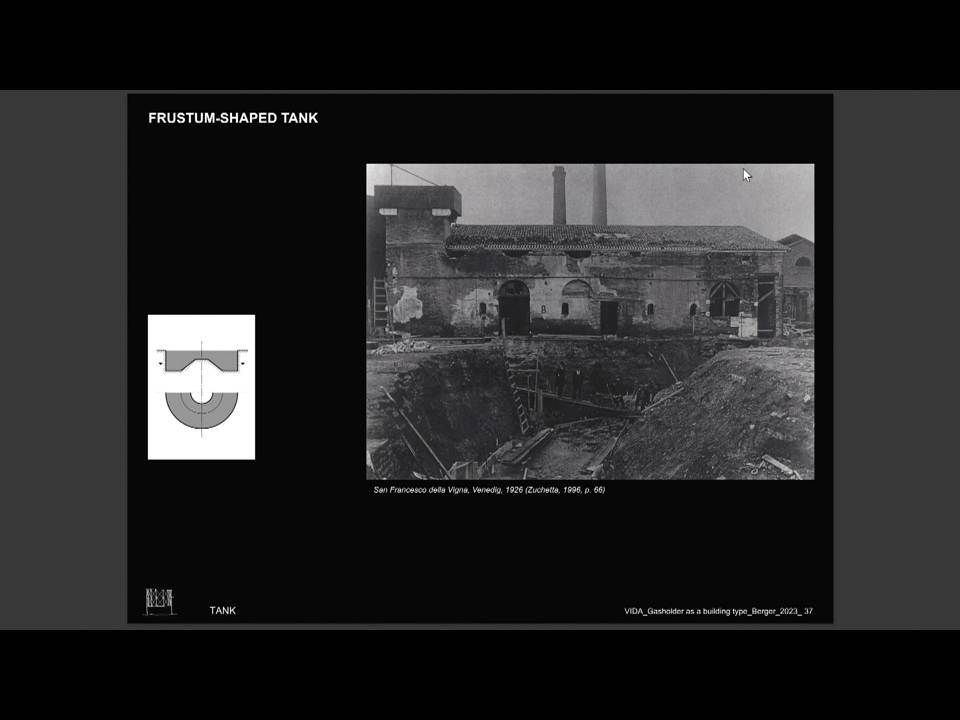
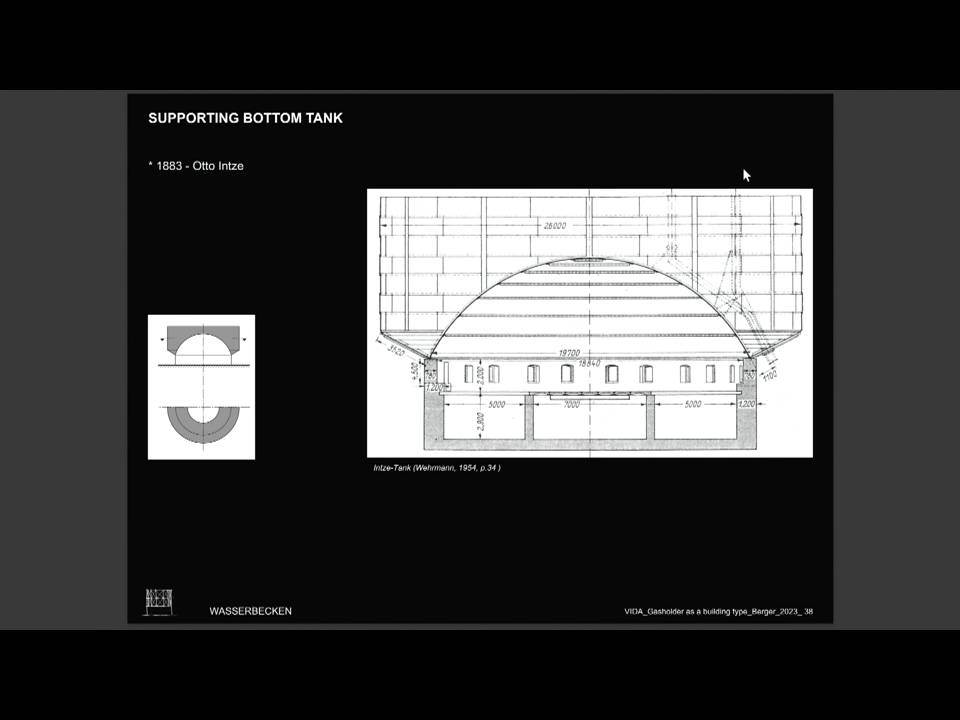
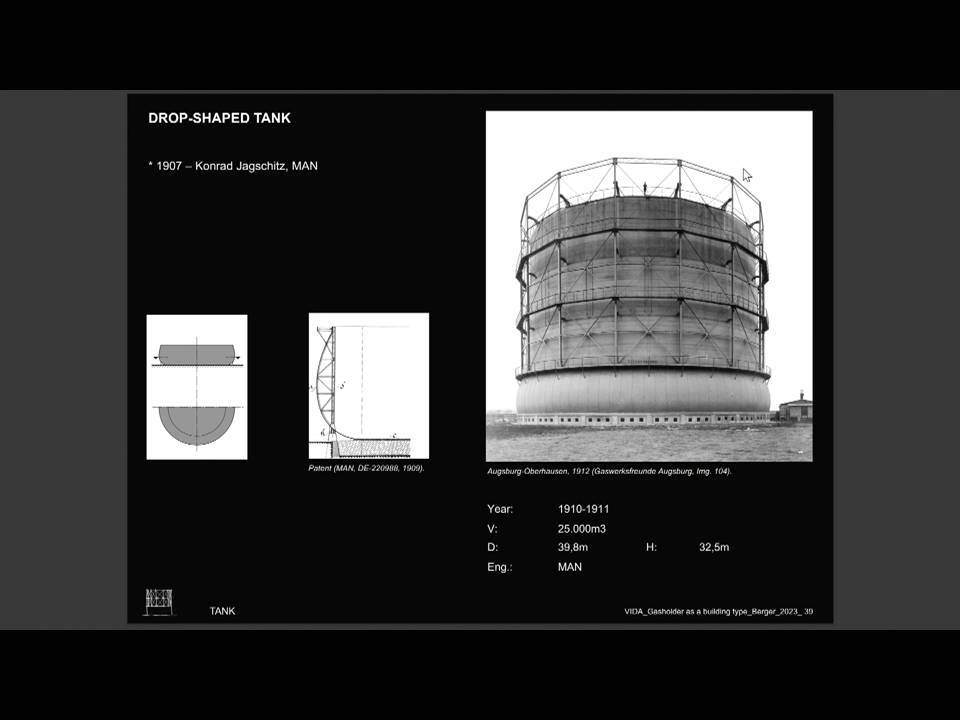
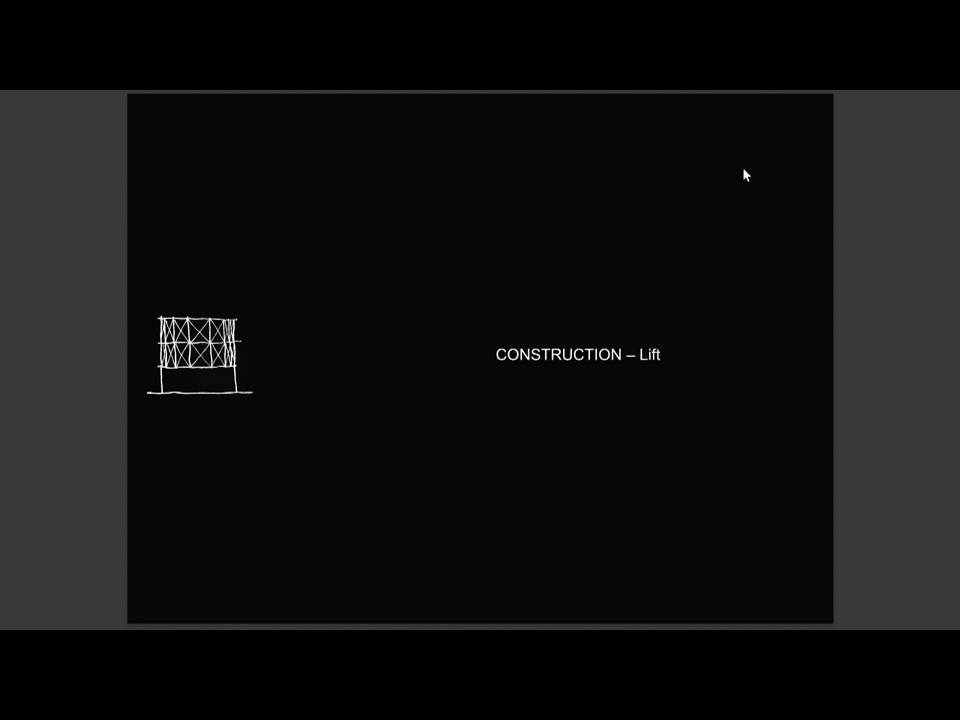
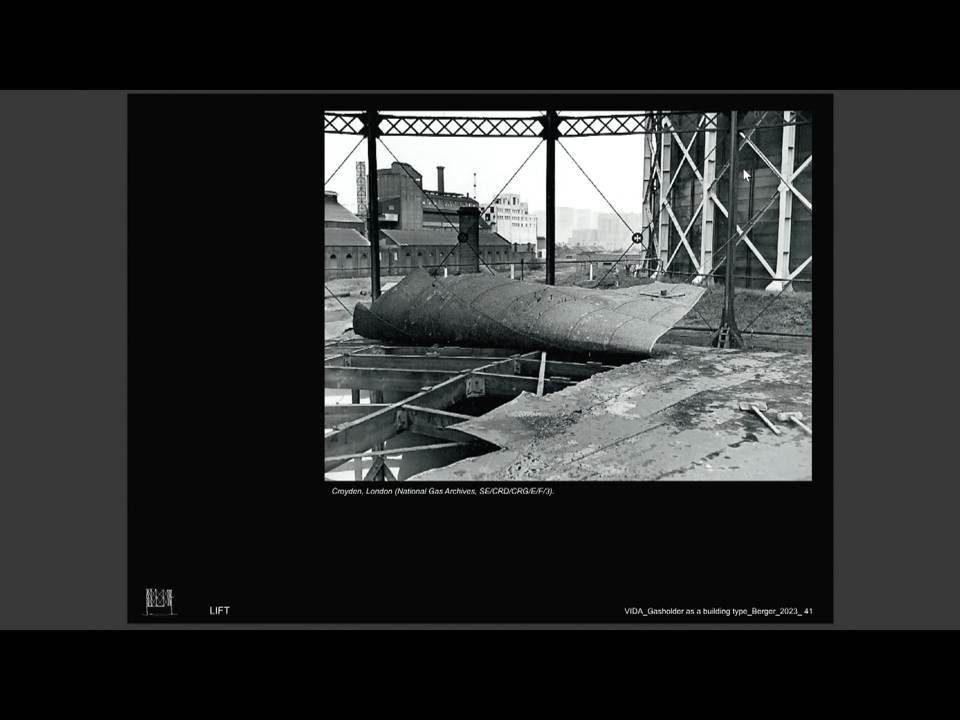
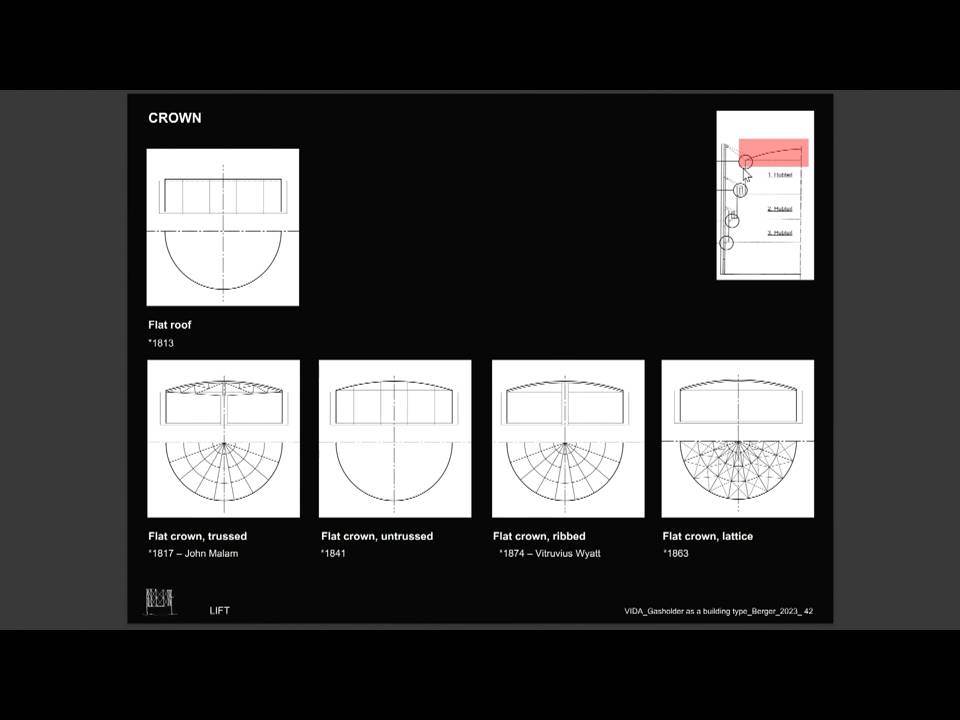
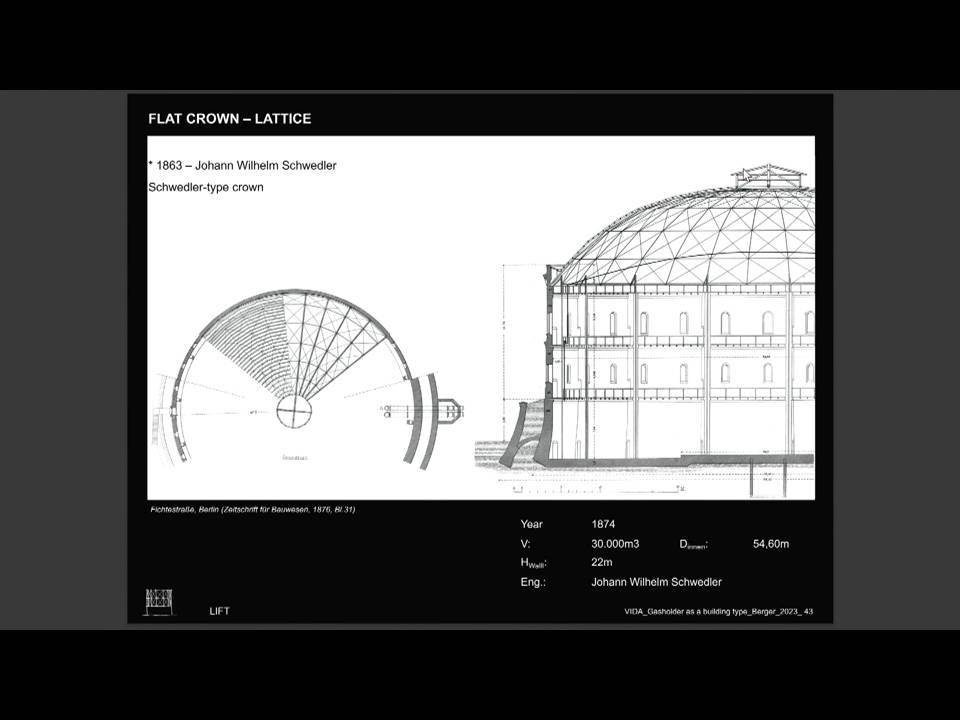
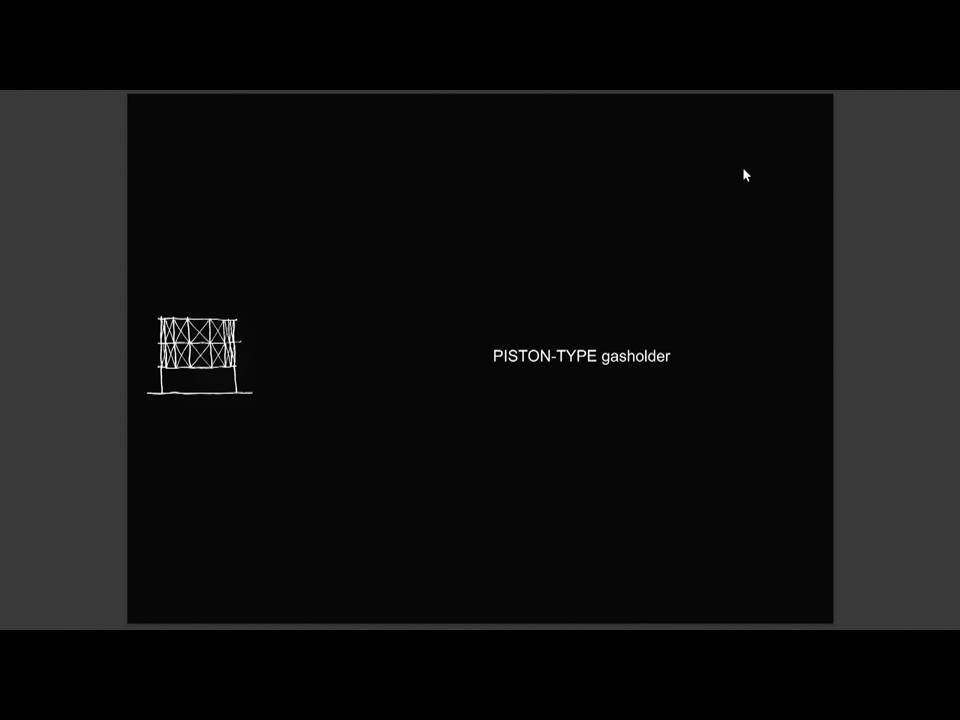
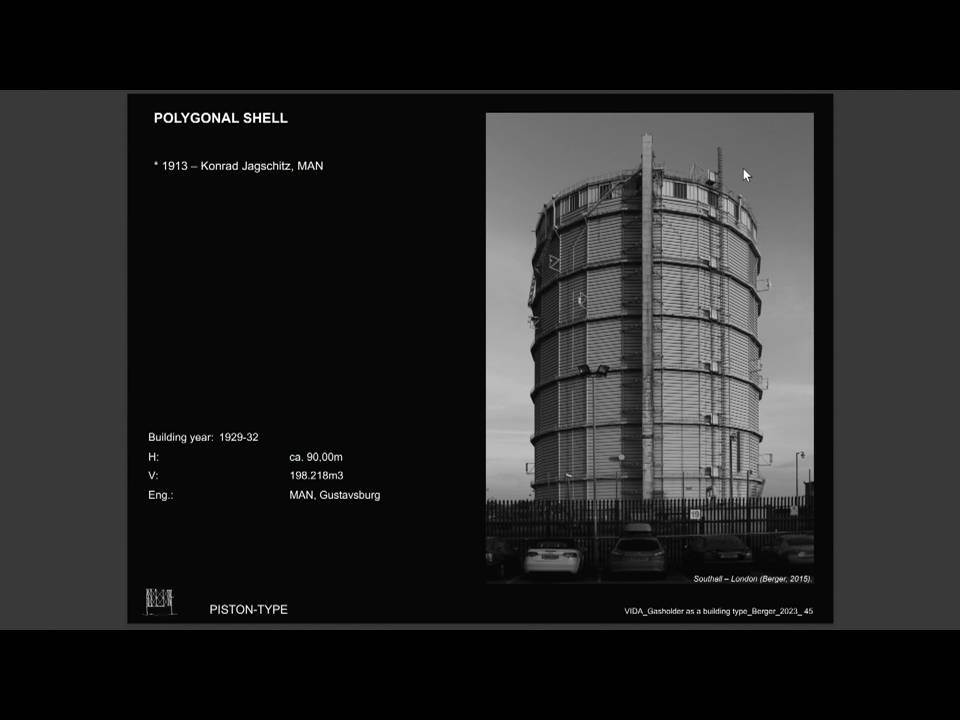
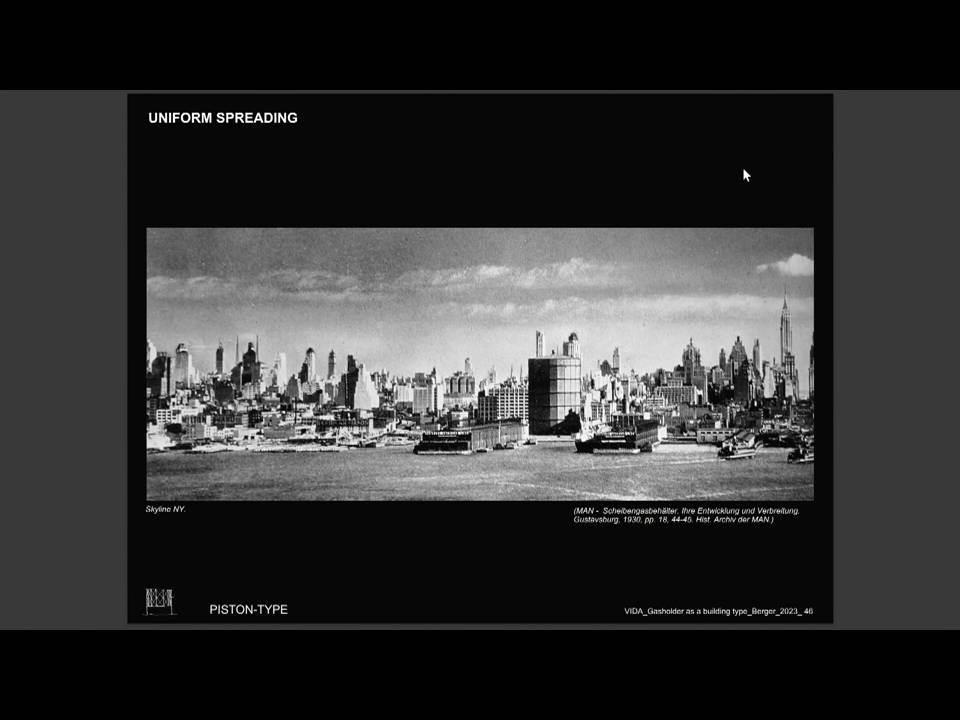
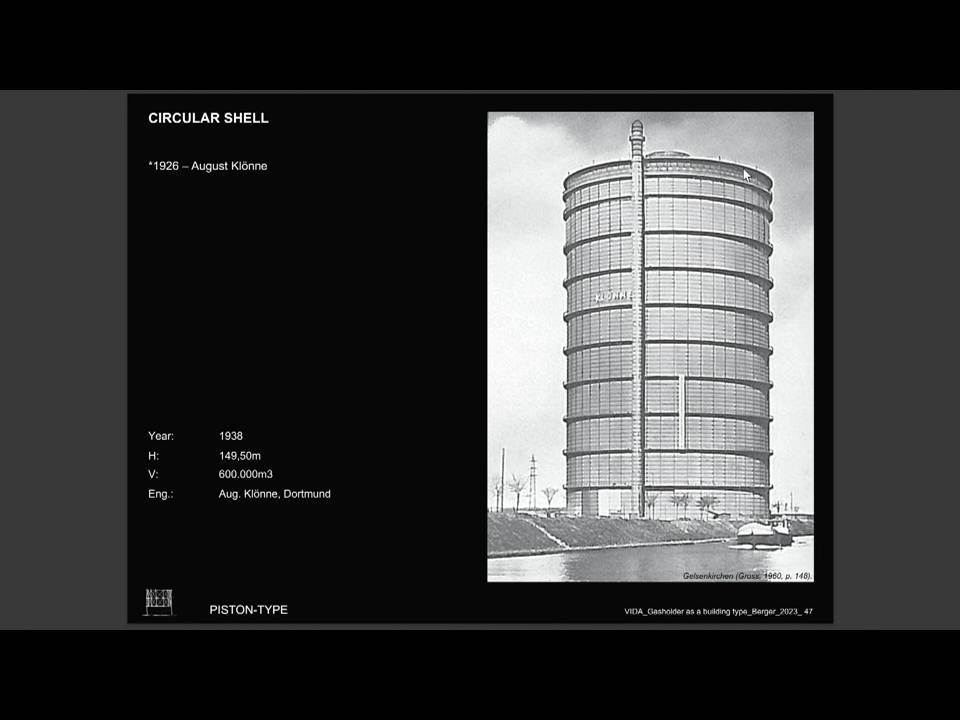
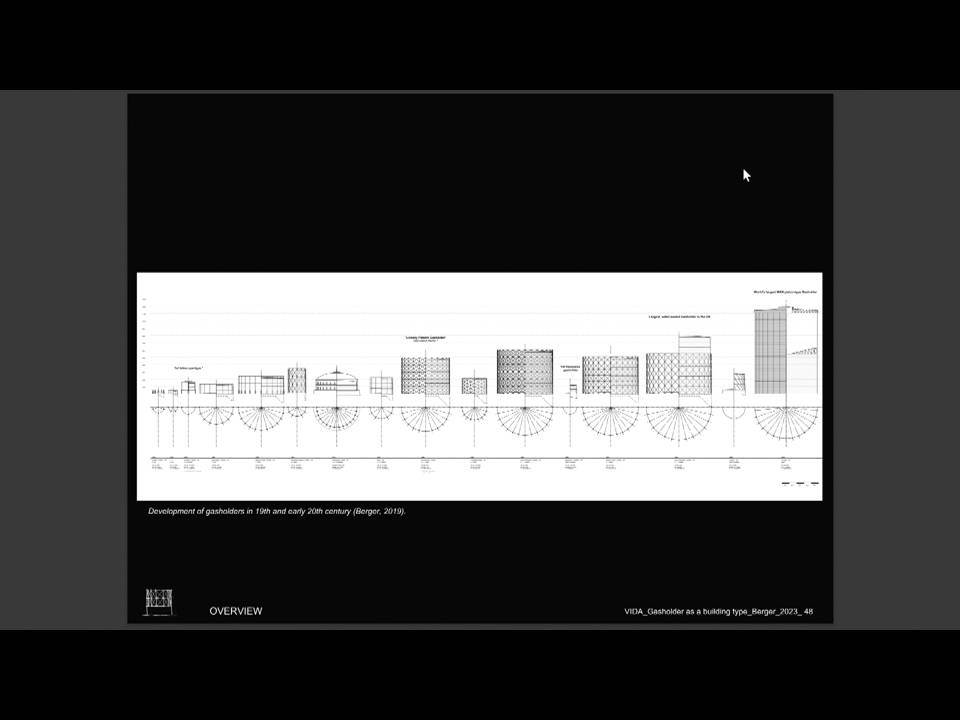
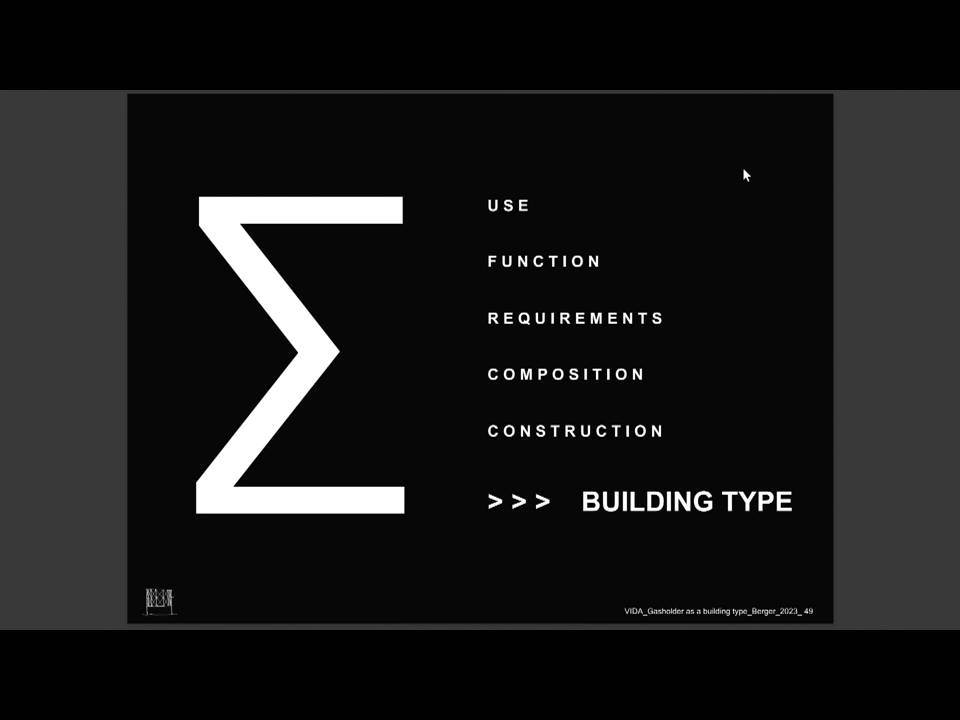
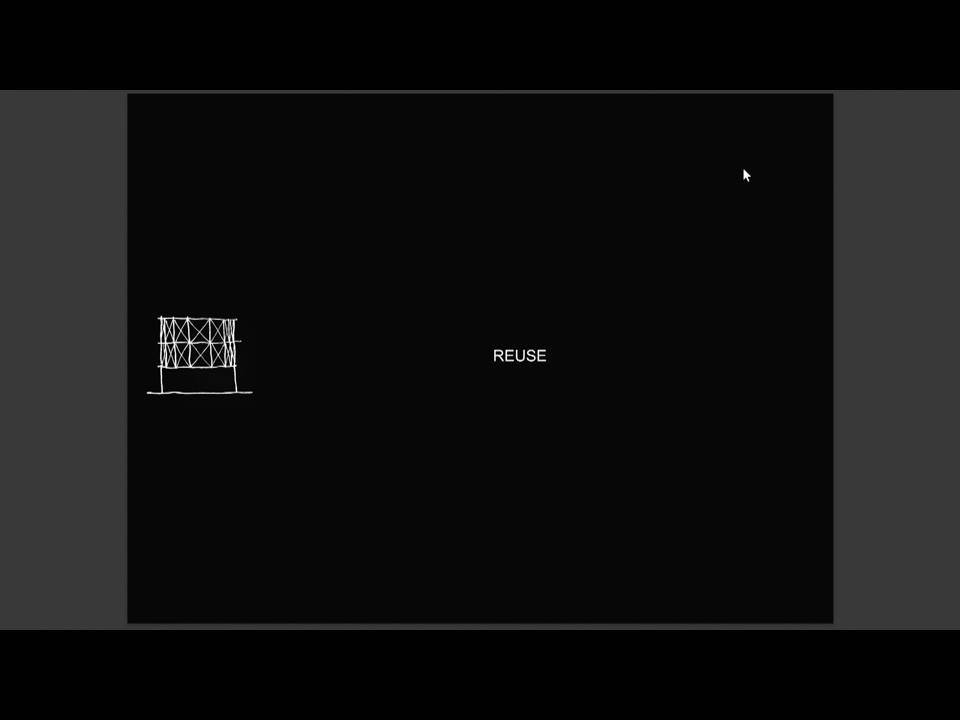
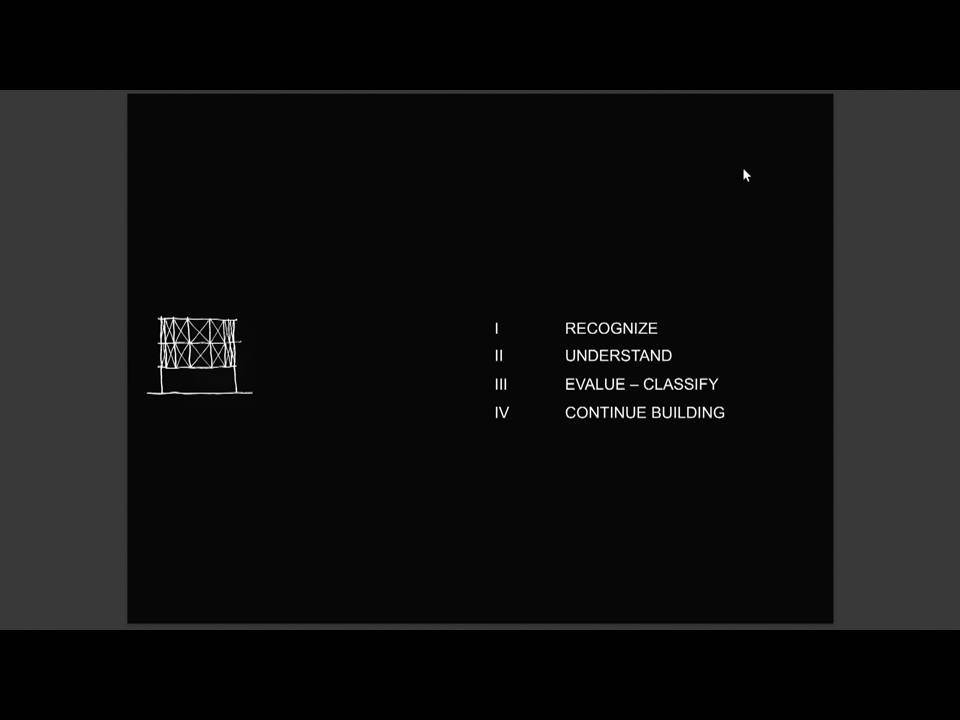
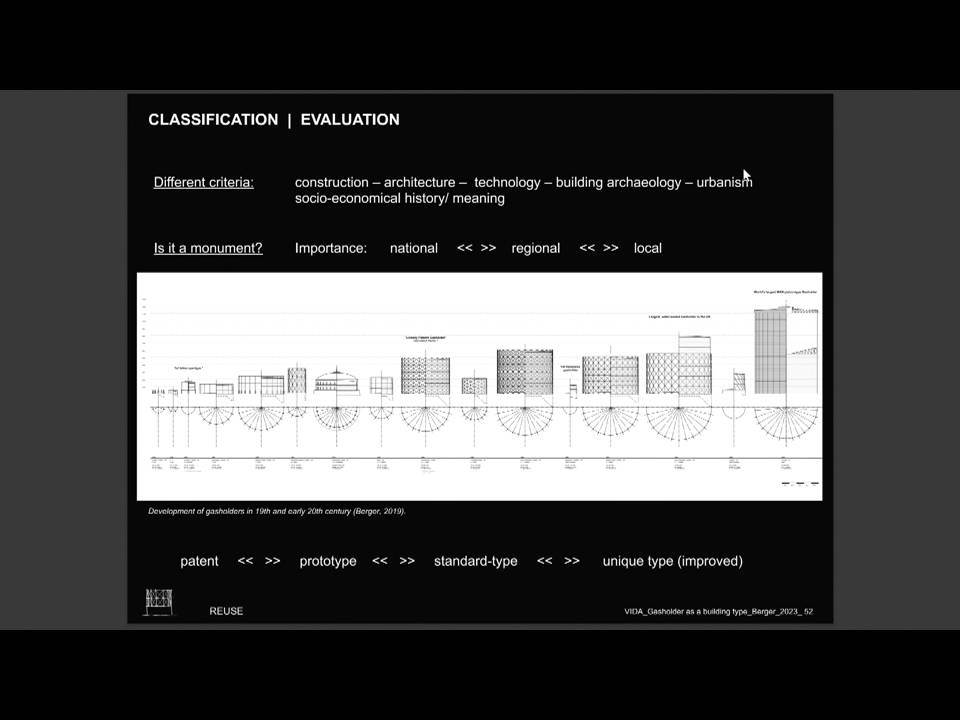
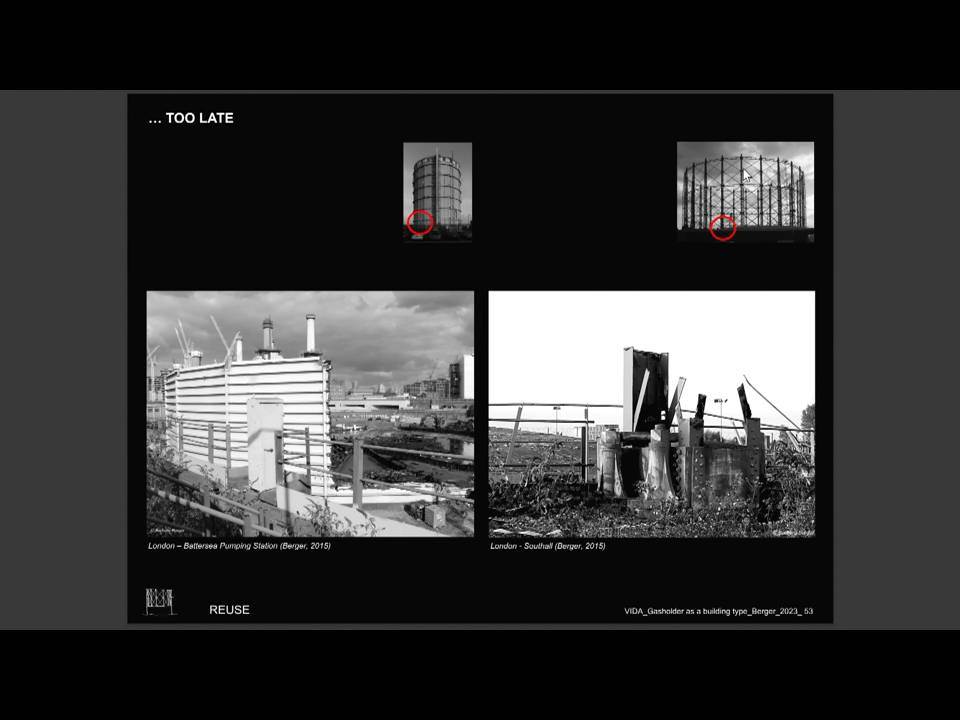
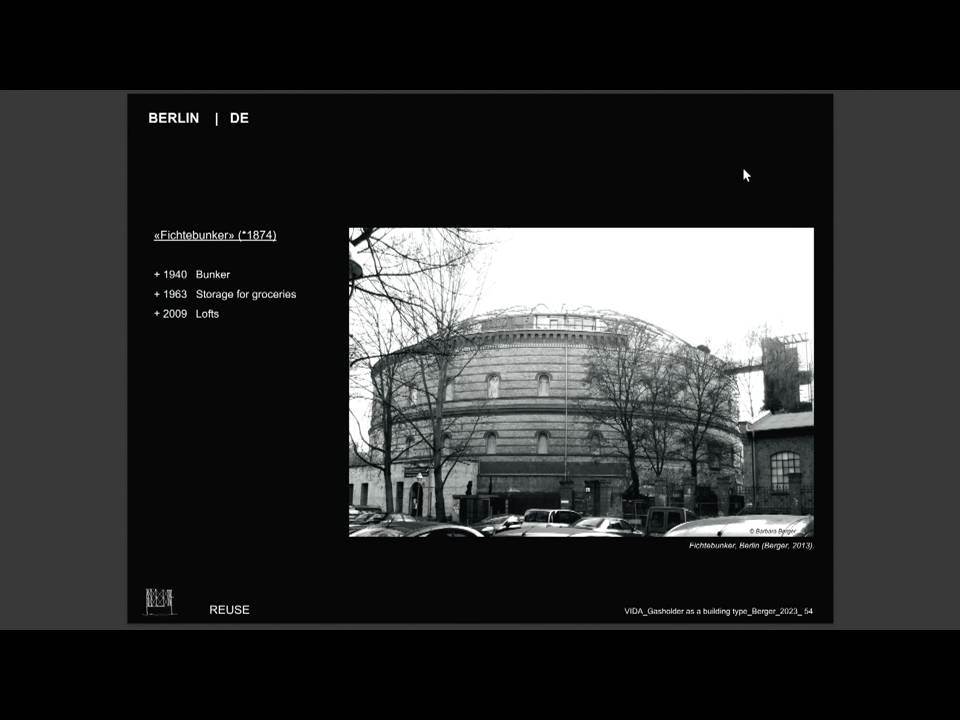
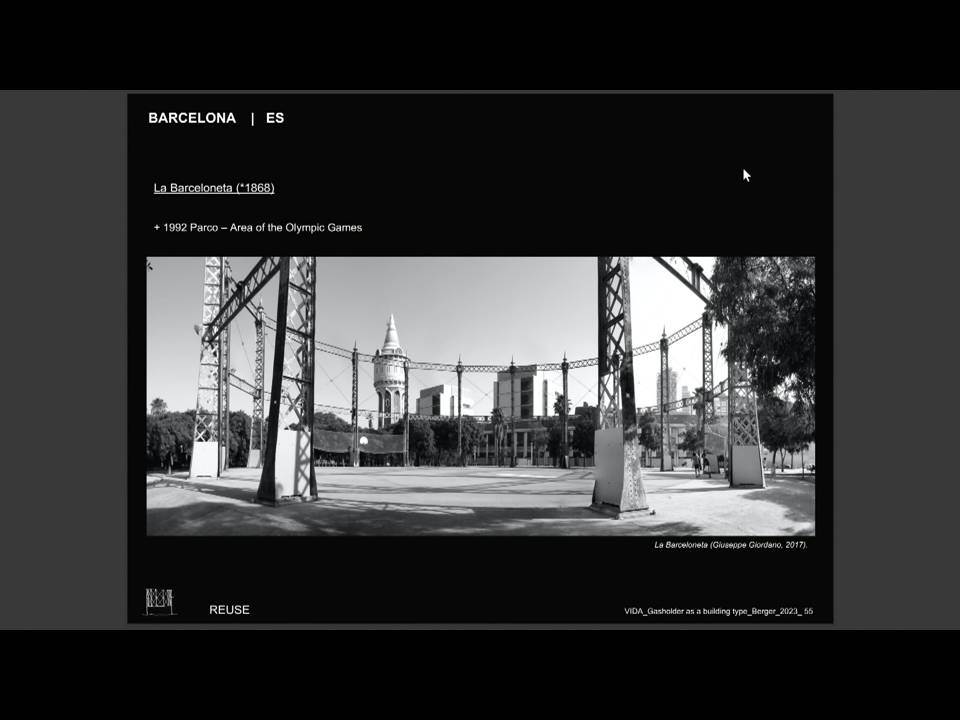
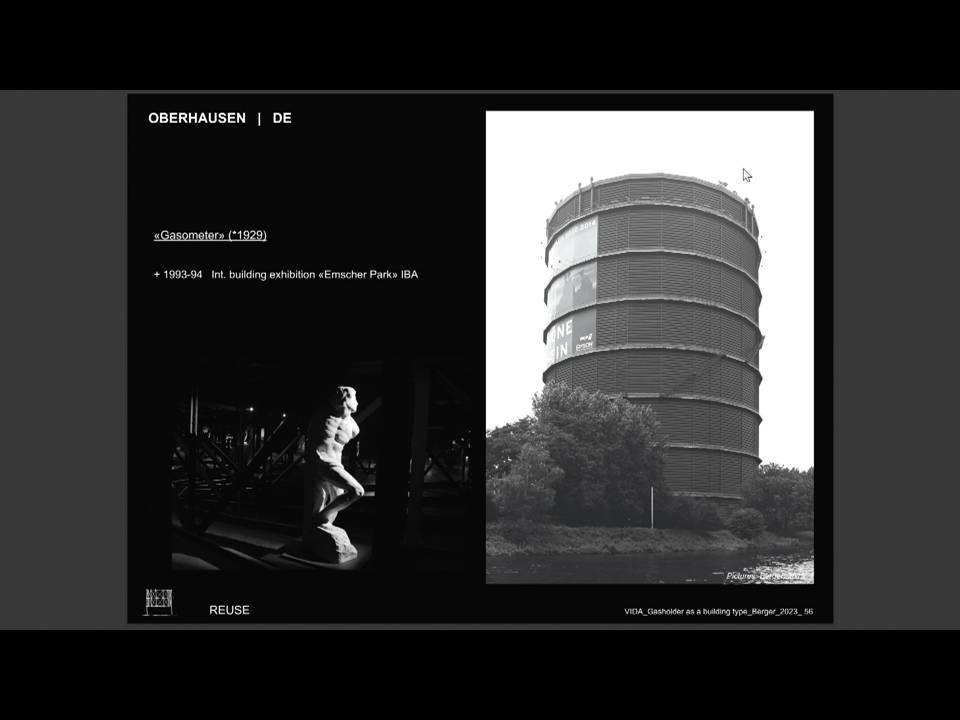
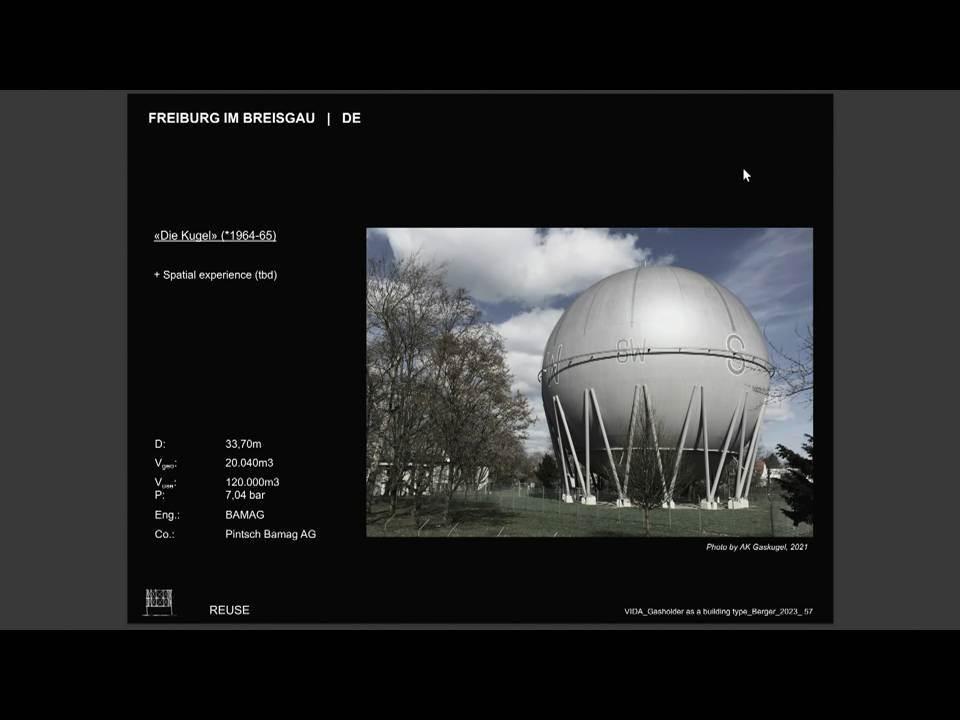
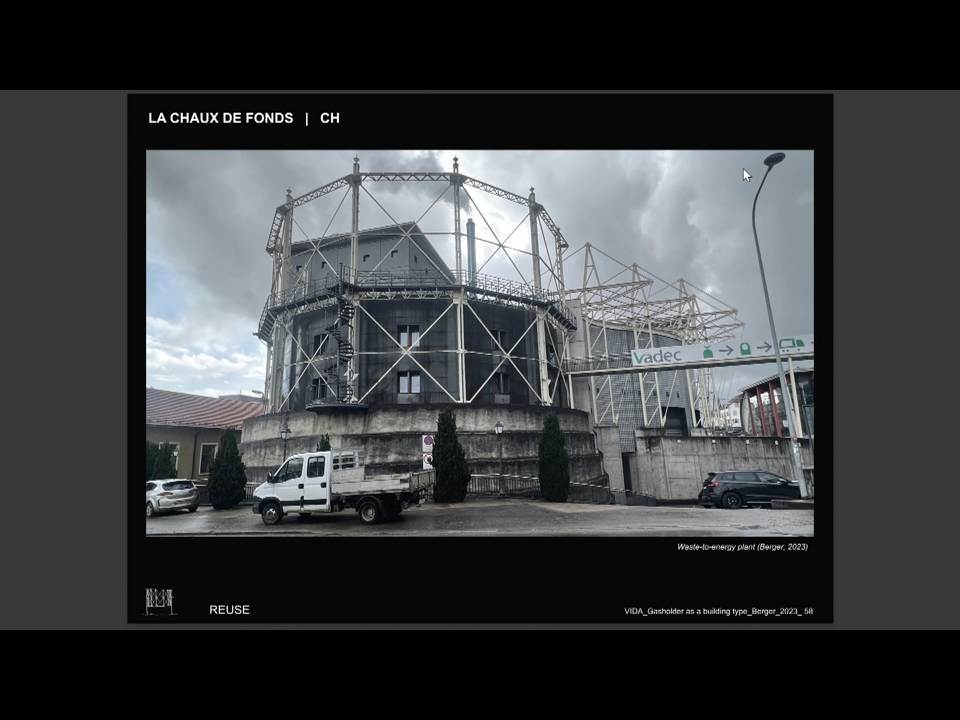
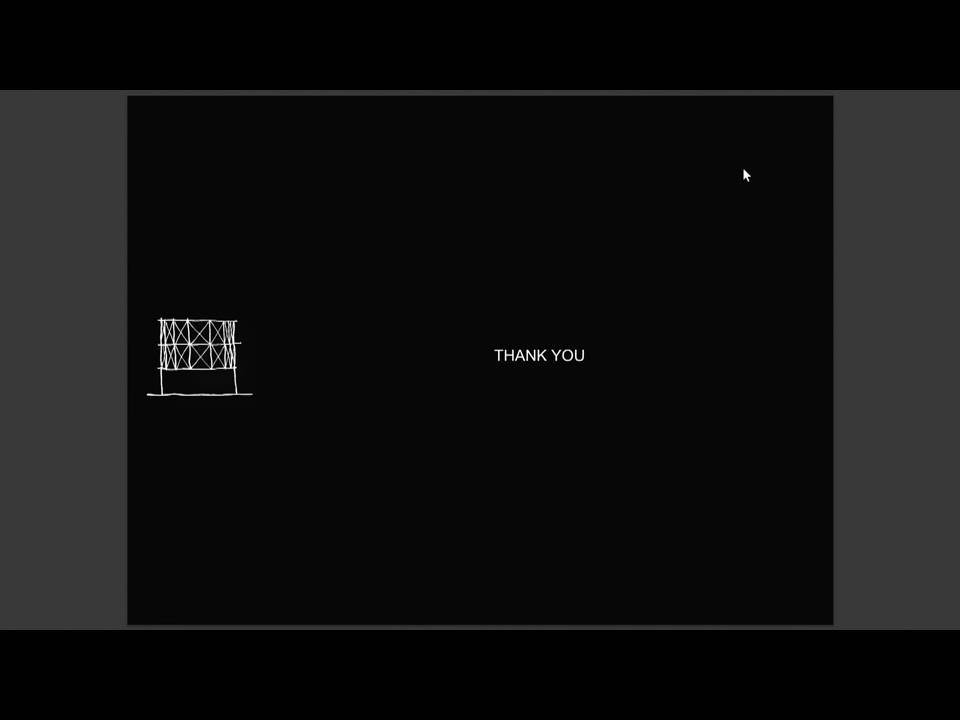
Berger Barbara
Γλώσσα
Αγγλική
Ημερομηνία
04/03/2023
Διάρκεια
00:30:07
Εκδήλωση
Gas-working together: New perspectives
Χώρος
Βιομηχανικό Μουσείο Φωταερίου
Διοργάνωση
Βιομηχανικό Μουσείο Φωταερίου
Βιομηχανικά Δελτία Απογραφής (ΒΙΔΑ)
Κατηγορία
Αρχιτεκτονική, Πολιτιστική διαχείριση
Ετικέτες
βιομηχανική κληρονομιά, επανάχρηση βιομηχανικών μνημείων, εργοστάσιο φωταερίου, αστικός ιστός, πόλη, Ευρώπη
Πώς αξιοποιείται η βιομηχανική κληρονομιά στις σύγχρονες πόλεις; Πόσο σημαντική είναι η έννοια της επανάχρησης στον αστικό ιστό; Ποια εργοστάσια παραγωγής φωταερίου στην Ευρώπη χρησιμοποιούνται σήμερα ως χώροι πολιτισμού και τεχνολογίας;
Tο Βιομηχανικό Μουσείο Φωταερίου σε συνεργασία με την Αστική Μη Κερδοσκοπική Εταιρεία «Βιομηχανικά Δελτία Απογραφής» (ΒΙΔΑ) συνδιοργάνωσαν το Σάββατο 4 Μαρτίου 2023 στην Τεχνόπολη Δήμου Αθηναίων την ημερίδα “Gas-working together: New perspectives” με θέμα την επανάχρηση των εγκαταστάσεων φωταερίου στην Ευρώπη και με τη συμμετοχή ομιλητών από την Ελλάδα και το εξωτερικό. H ημερίδα παρουσιάστηκε στο πλαίσιο του εορτασμού των 10 χρόνων λειτουργίας του Βιομηχανικού Μουσείου Φωταερίου.
Στο πλαίσιο της ημερίδας, ομιλητές από επτά ευρωπαϊκές χώρες παρουσίασαν πρακτικές επανάχρησης καθώς και περιπτώσεις τμημάτων ή ολόκληρων συνόλων εργοστασίων φωταερίου που έχουν μετασχηματιστεί σε ζωντανούς χώρους πολιτισμού. Πιο συγκεκριμένα, στη διεθνή αυτή συνάντηση, επιστήμονες, ακαδημαϊκοί, επαγγελματίες και εκπρόσωποι πολιτιστικών φορέων από την Ελλάδα, τη Γερμανία, την Ιταλία, τη Μεγάλη Βρετανία, την Ολλανδία, την Πολωνία και τη Φινλανδία εξερεύνησαν τη βιωσιμότητα της βιομηχανικής κληρονομιάς και το πώς οι εγκαταστάσεις φωταερίου μπορούν να αποτελέσουν οργανικά κομμάτια του αστικού ιστού και μοχλοί ανάπτυξης των πόλεων μέσα από τη αξιοποίησή τους.
Η συγκεκριμένη θεματική διερευνάται για πρώτη φορά στο πλαίσιο ημερίδας προσδοκώντας τη δημιουργία ενός forum επικοινωνίας μεταξύ κοινού και πολιτιστικών φορέων. Στόχος της ημερίδας είναι η ανταλλαγή απόψεων και πρακτικών που άπτονται της περιφερειακής και αειφόρου ανάπτυξης, αρχιτεκτονικής, ιστορίας, αξιοποίησης μνημείων του αστικού ιστού, διαχείρισης της υλικής και άυλης βιομηχανικής κληρονομιάς και πολιτιστικών μονάδων.
Η ημερίδα πραγματοποιήθηκε υπό την αιγίδα του Ελληνικού Τμήματος της Διεθνούς Επιτροπής για τη Διατήρηση της Βιομηχανικής Κληρονομιάς (TICCIH) και του Ελληνικού Τμήματος του ICOM Greece.
Ακολουθεί η περίληψη της ομιλίας στα αγγλικά:
The Gasholder as a Building Type
Long before the rising structures of gasholders changed the cityscapes, the gaslight revolutionised daily life in the cities at the beginning of the 19th century. Towards the end of 1813, public illumination from gas was introduced for the very first time in London.
Gasholders are technical buildings constructed to store locally produced coal gas for lighting in the 19th and early 20th centuries. These emerging iron structures presented a new kind of industrial architecture and became a symbol for the gas industry.
The function of the gasholder determined its structure, and it was initially built with a water-sealed system composed of a water tank, a guide frame and lifts. During the 19th century, the gasholder advanced from the bell- and telescope-type (linear and spiral-guided), working with a water-sealed system, to the waterless or dry gasholders (piston-type gasholders). Thus, a new building type emerged, resulting from the interaction of various disciplines: iron and gas technology, structural engineering and architecture.
In the 1960s, coal gas was gradually replaced by natural gas, and new storage methods were used. Today, the surviving historic gasholders are industrial relics – many have already been demolished.
Next to their meaning and history, the remaining gasholders should be considered architectural conversion projects rather than candidates for demolition.
Augsburg Gasworks: History and conversion
After being shut down in 2001, the former gasworks site of Augsburg has been transforming since 2016. It is turning into a “KreativWerk”, developed by the Public Works and the City of Augsburg, that is intended to offer space for various user groups to create, collaborate and innovate together. Amid historic architecture and large green spaces, a social ecosystem has been created since the opening of the first sections in 2019, a place that brings people together and is unique in Augsburg and the region because of the fusion of creative business activities and diverse cultural offerings.
Working and growing together – is a leading goal for converting the former gasworks into a creative economy with spaces for start-ups and established companies.
The second aim is the establishment and use of the cultural scene. The piston-type gasholder has been used for various exhibition concepts and as a viewing platform since 2009. In addition, a multi-functional event hall is planned for the larger telescopic gasholder.
The emerging “KreativWerk” ensemble represents an ongoing transformation that invites everyone to participate. It will provide a versatile recreational space, workspace and cultural hotspot – with the gasholders as its landmark.
Η Barbara Berger είναι αρχιτέκτων (TUM Munich, IUAV Venice). Το 2022 ίδρυσε το «Industriekultur und Architektur GmbH» στη Ζυρίχη. Το έργο της περιλαμβάνει τη μελέτη της αρχιτεκτονικής κληρονομιάς και τη διεξαγωγή αναλύσεων, εκτιμήσεων αρχικτεκτονικής κληρονομιάς και μελετών ανακατασκευής.
Ακολουθεί αναλυτικό βιογραφικό σημείωμα στα αγγλικά:
Barbara Berger is an architect (TUM Munich, IUAV Venice) and established “Industriekultur und Architektur GmbH” in 2022 in Zurich. Her work involves investigating the built heritage, conducting analyses, heritage assessments and reconversion studies. Among her clients are the SBB – Swiss federal railways, for which she works on the inventory and valorization of historic railway buildings along the Gotthard line. She also holds single lecturers, guest critics and consulting on reuse projects. Prior to her company, she had a postdoc position at ETH Zurich as the chair of “Construction Heritage and Preservation”, Prof. Silke Langenberg (2020-21) and as a lecturer for the chair of “History of Technology”, Prof. David Gugerli (2022).
Barbara has been working on industrial heritage for almost 20 years, starting with a Master’s thesis on the Venetian gasholders (2009) and completing her studies with a PhD project, “The gasholder as a building type”, published in 2019. She won several international scholarships, including one at the German Historical Institute in London and the German Centre for Venetian Studies in Venice. The final publication has received numerous international awards, including the Edoardo Benvenuto Prize in Genoa (2019) and an honourable mention in industrial heritage from the ICOHTEC association in Kattowitz (2019).
Before her PhD, she worked in the engineering office of Barthel & Maus (today Kayser + Böttges) in Munich, focusing on renovating historical monuments.
During her PhD, she worked as an architect for the engineering studio Haushochdrei, Munich. In 2017 changed to a lecturing position at TU Munich for the study program “Vocational School Teacher – Building Technology”.


